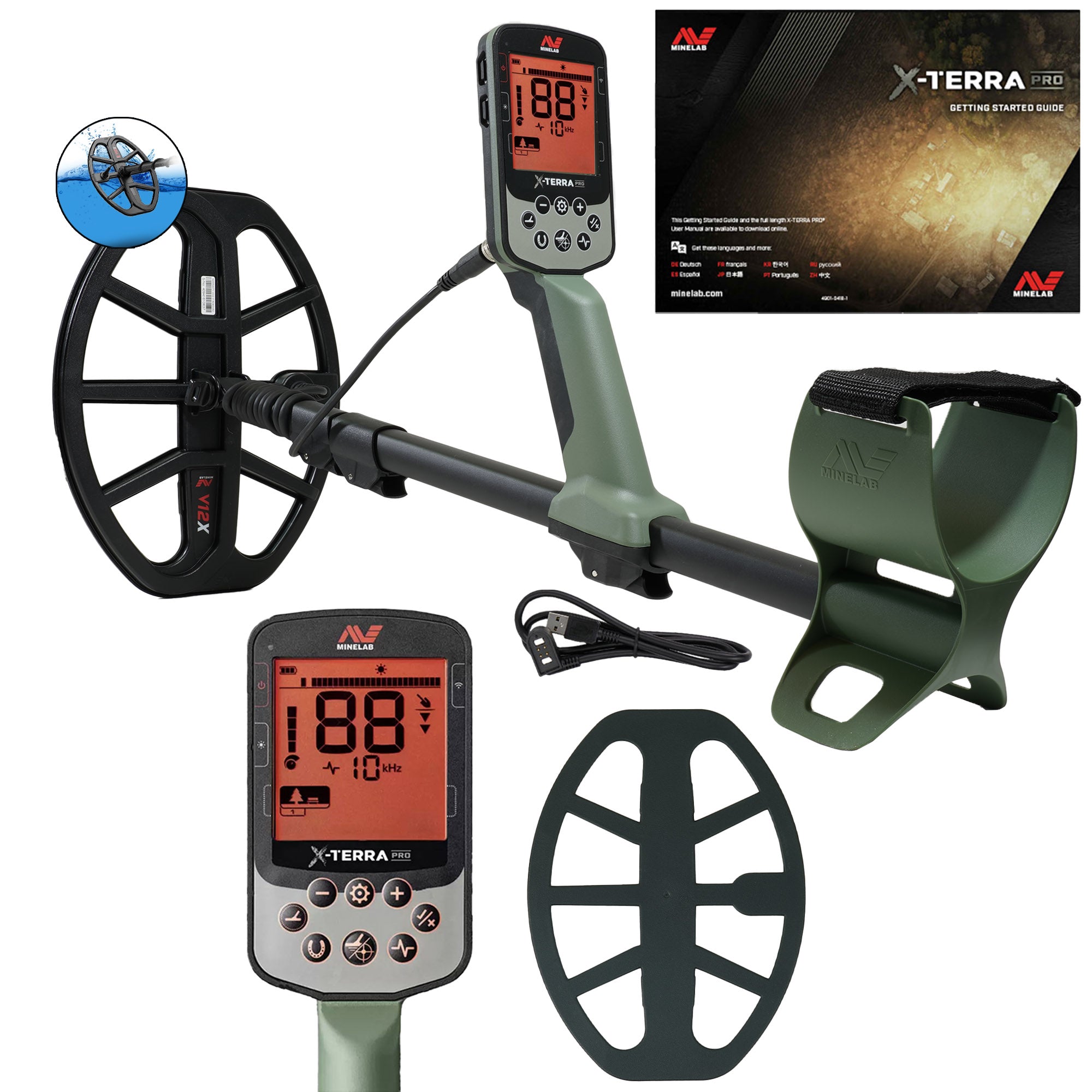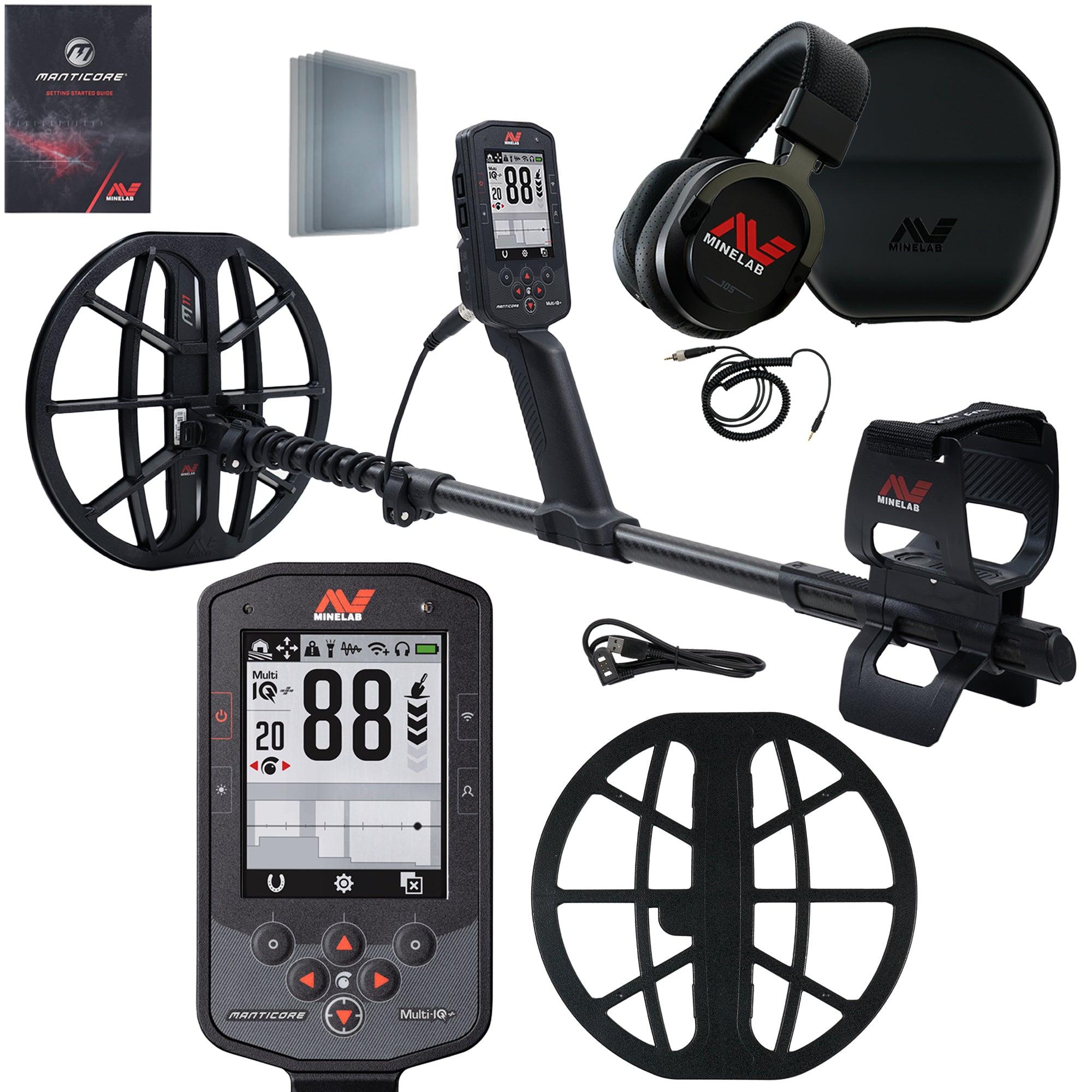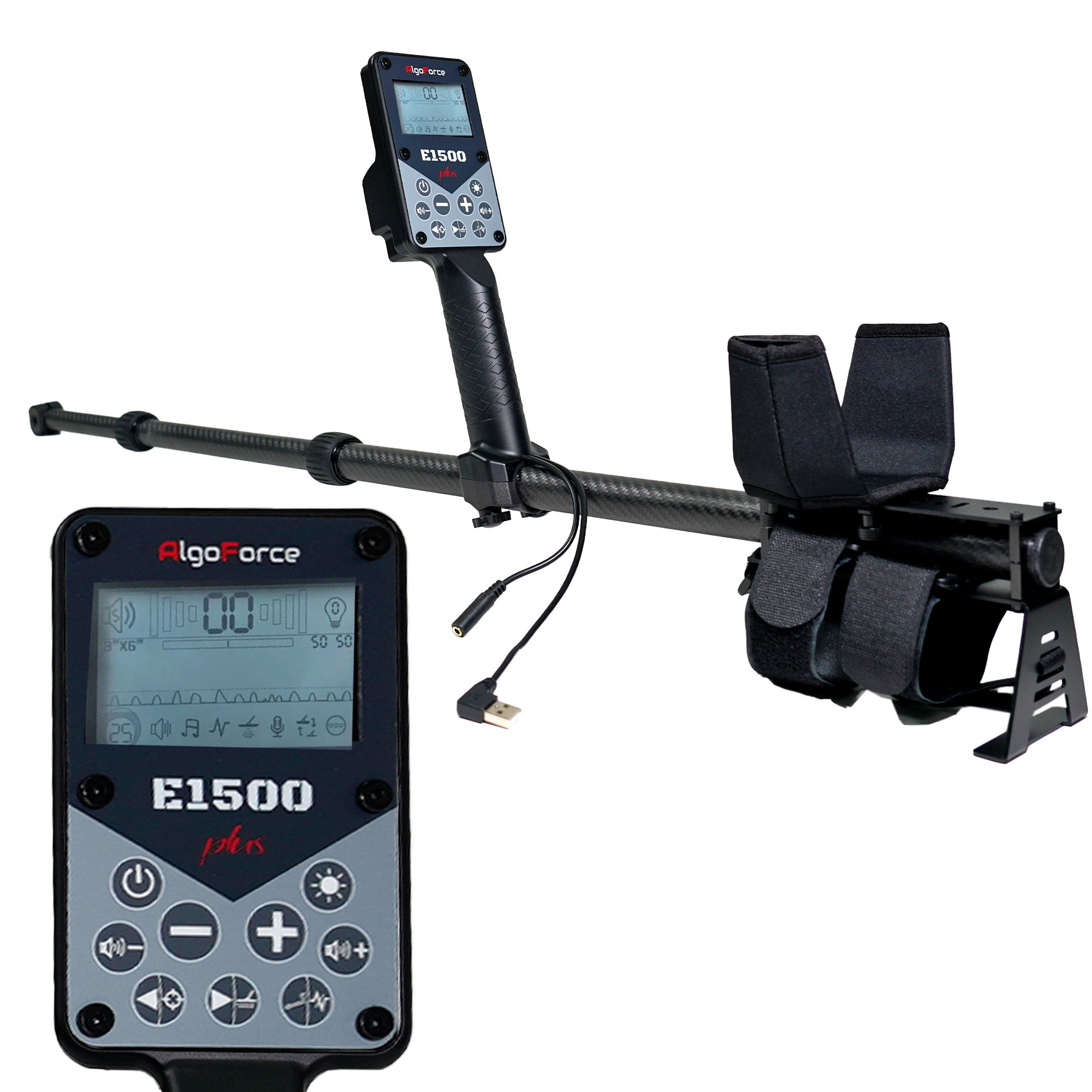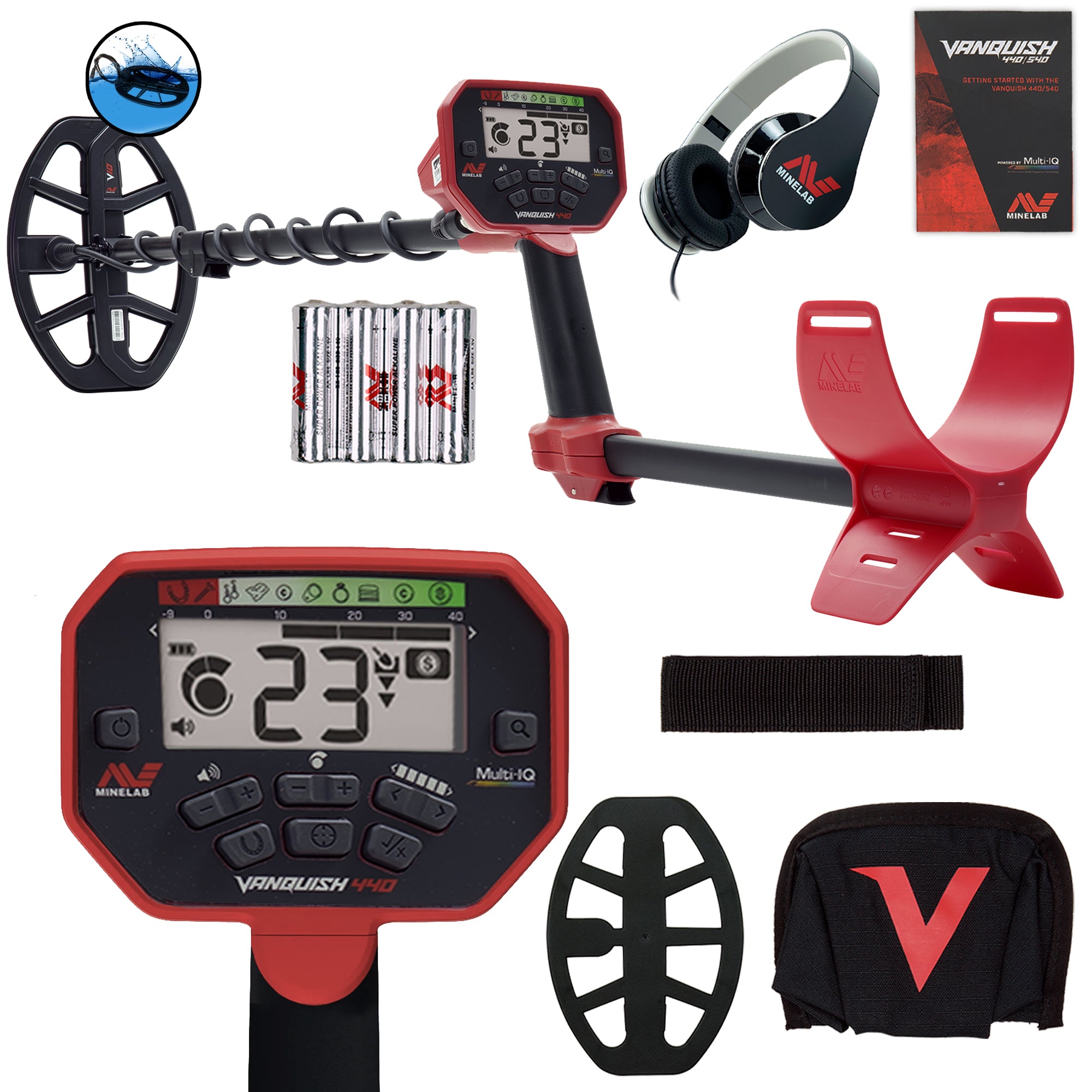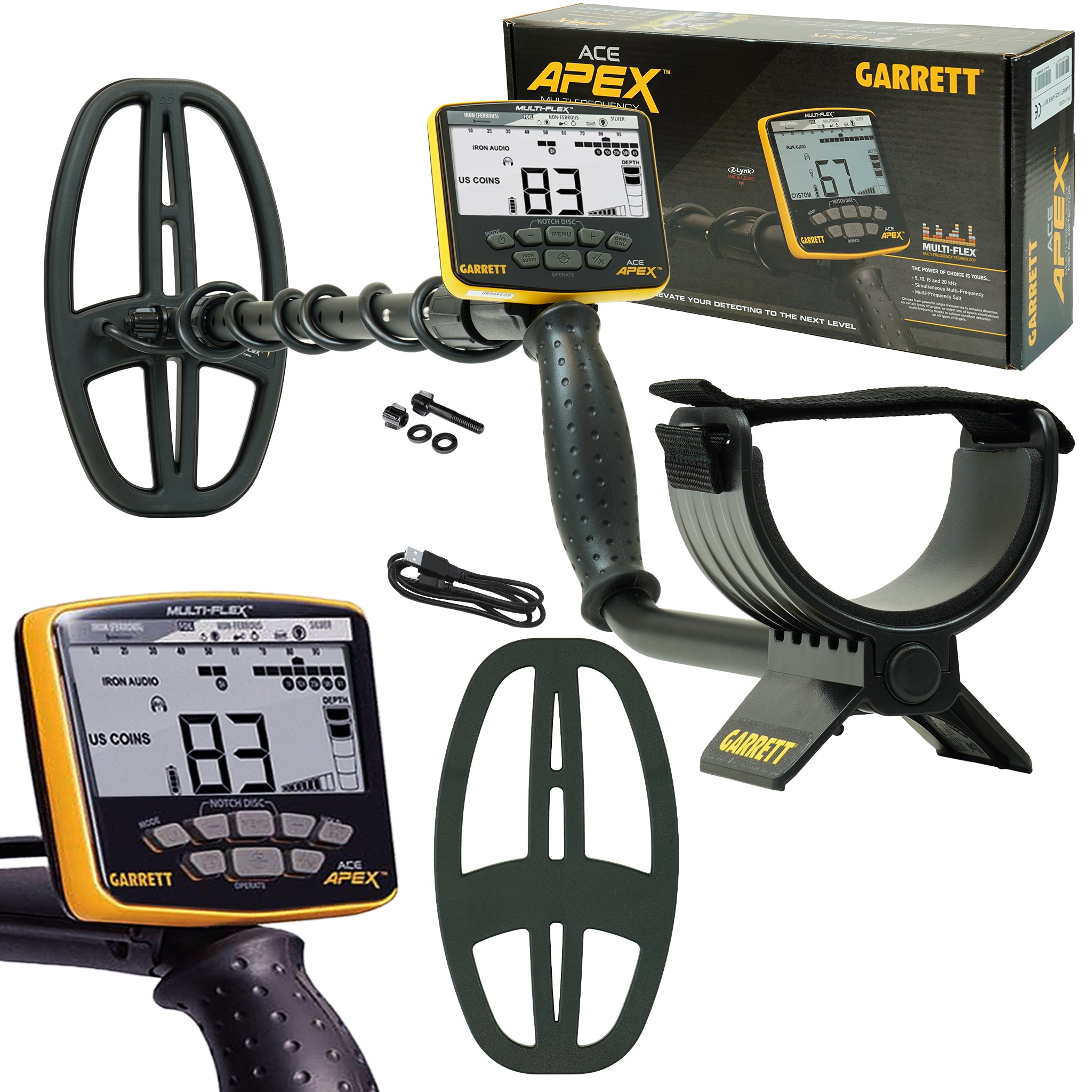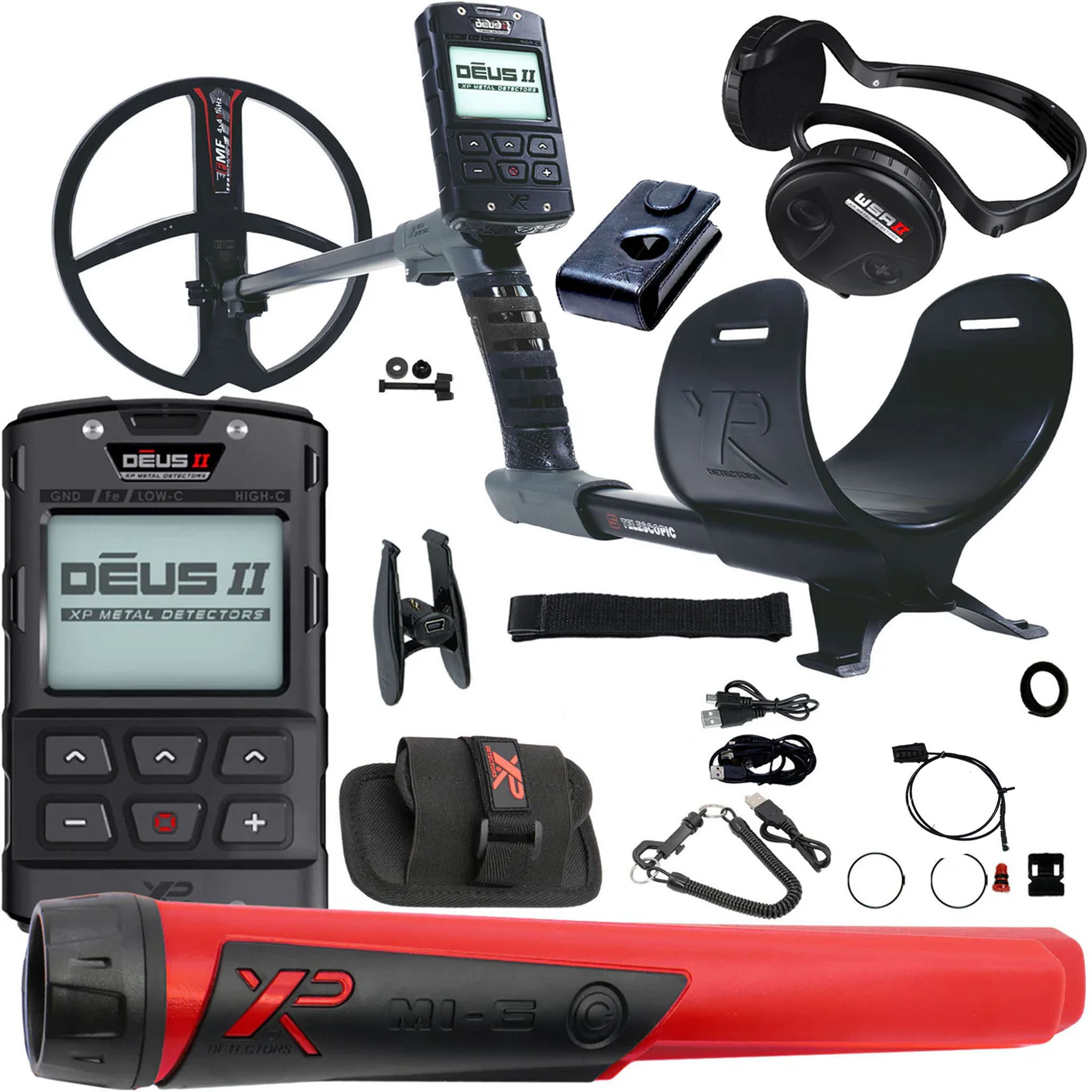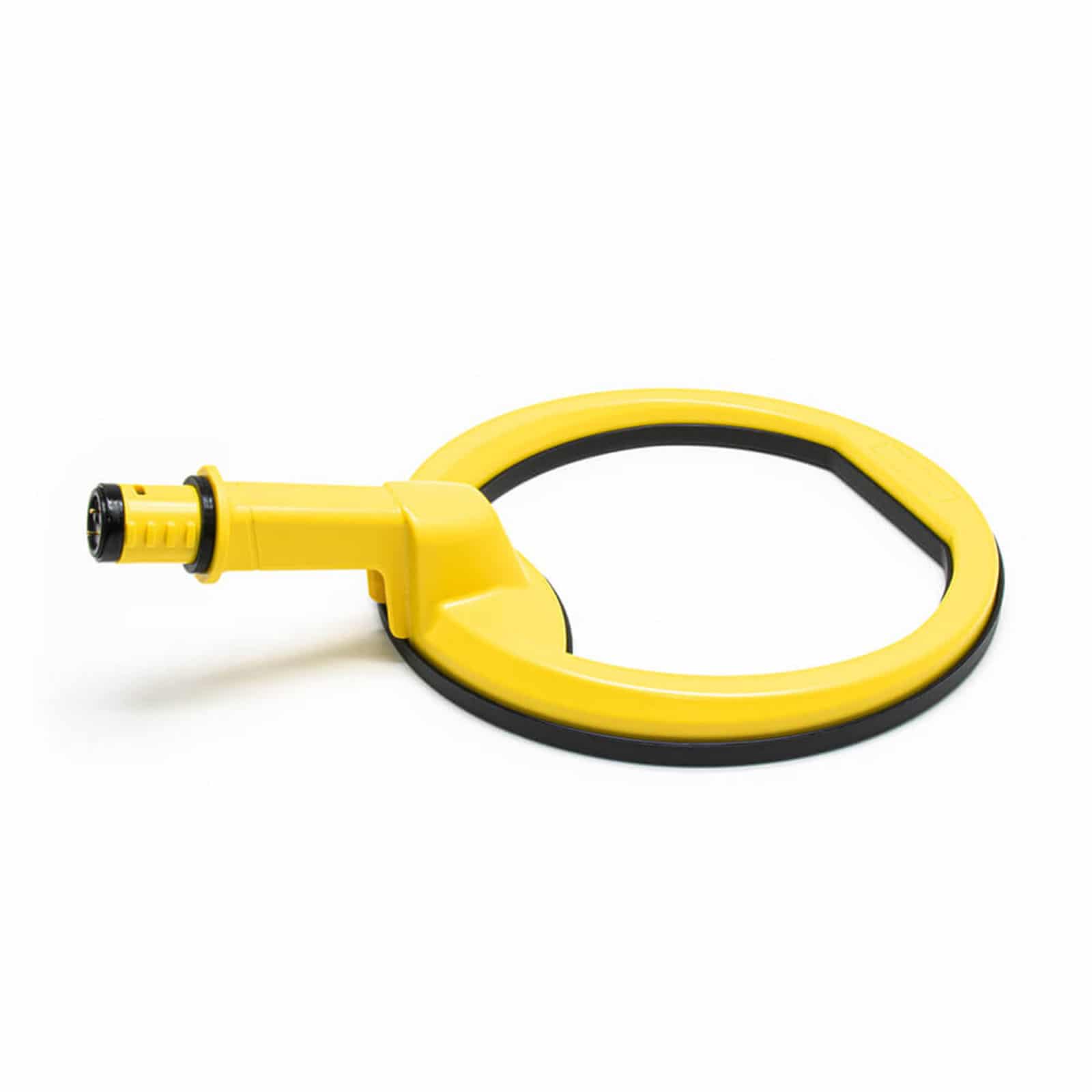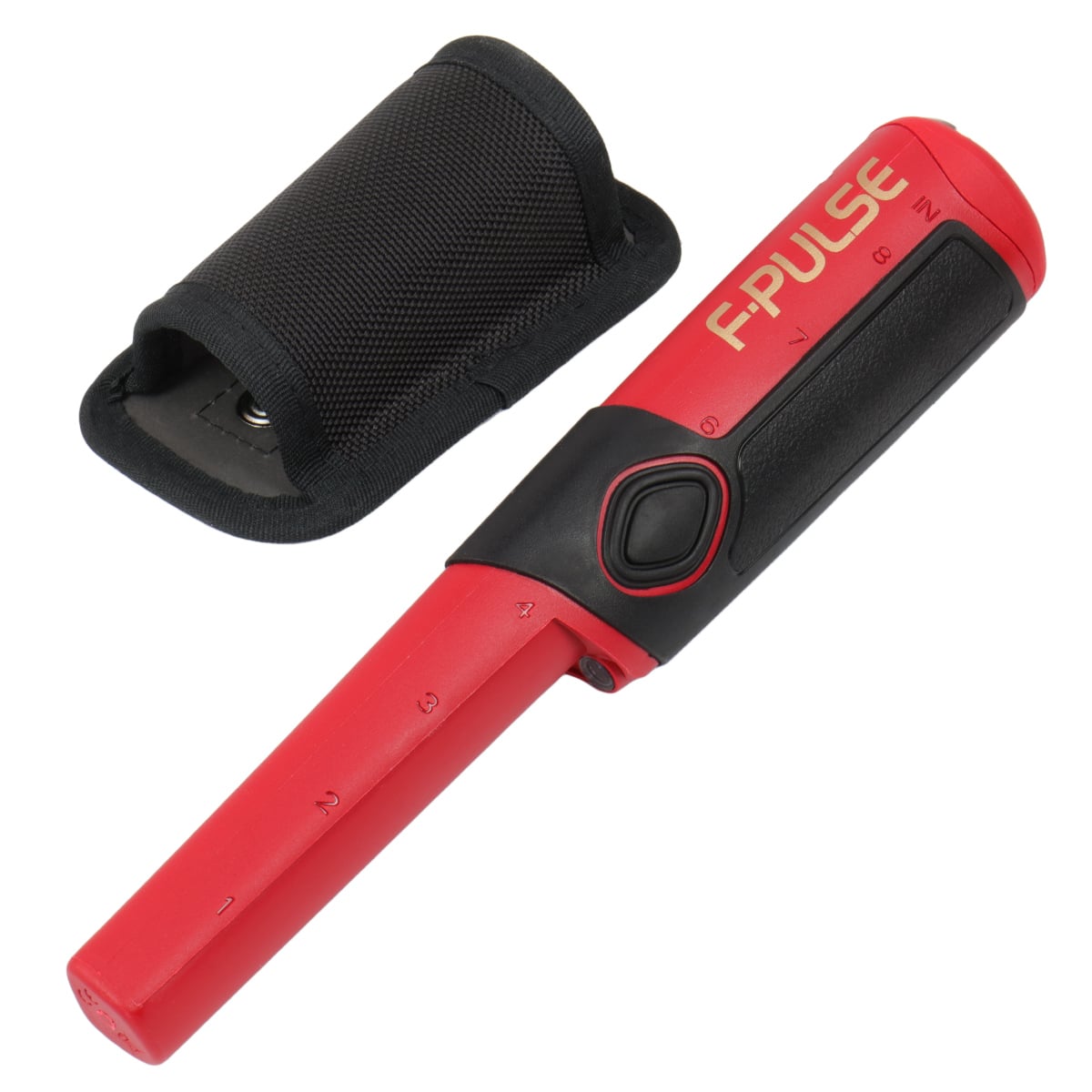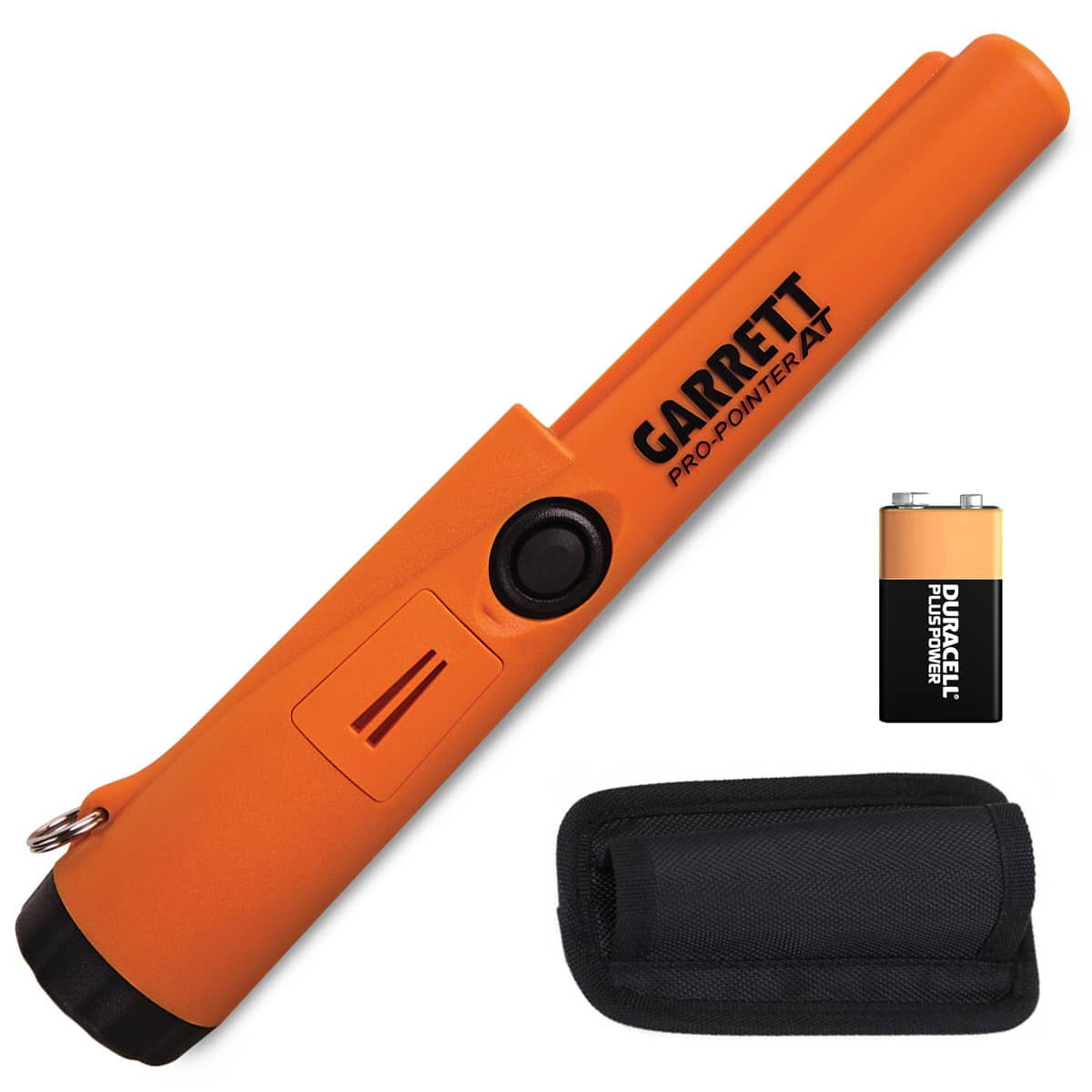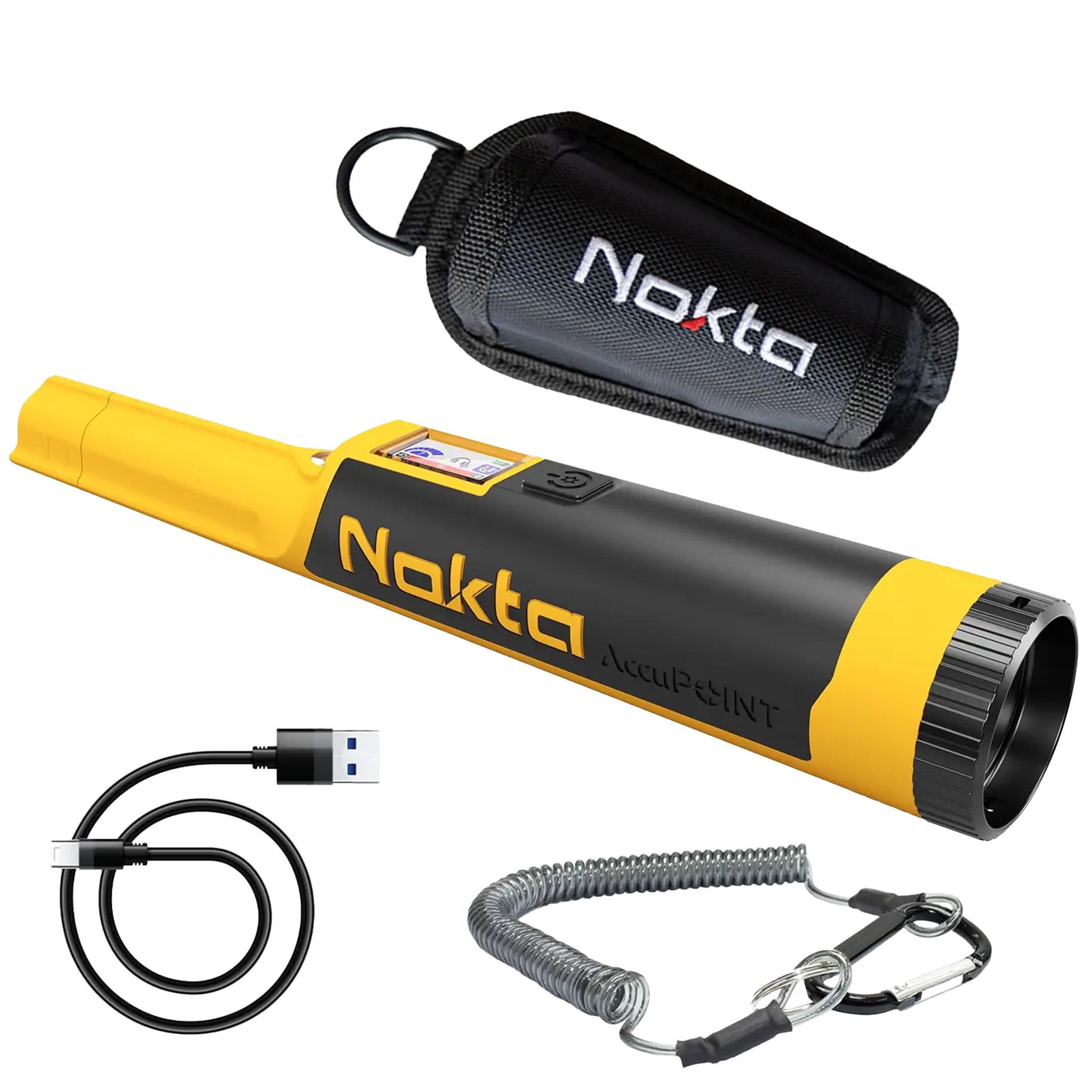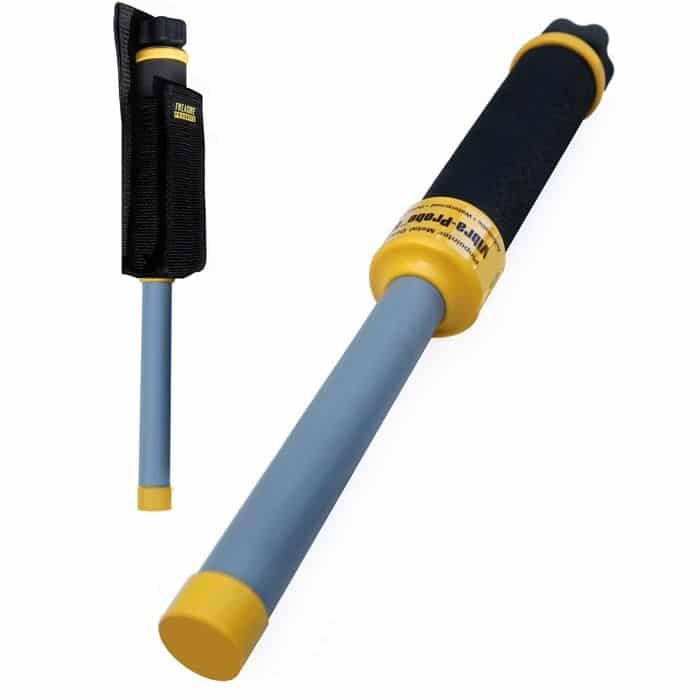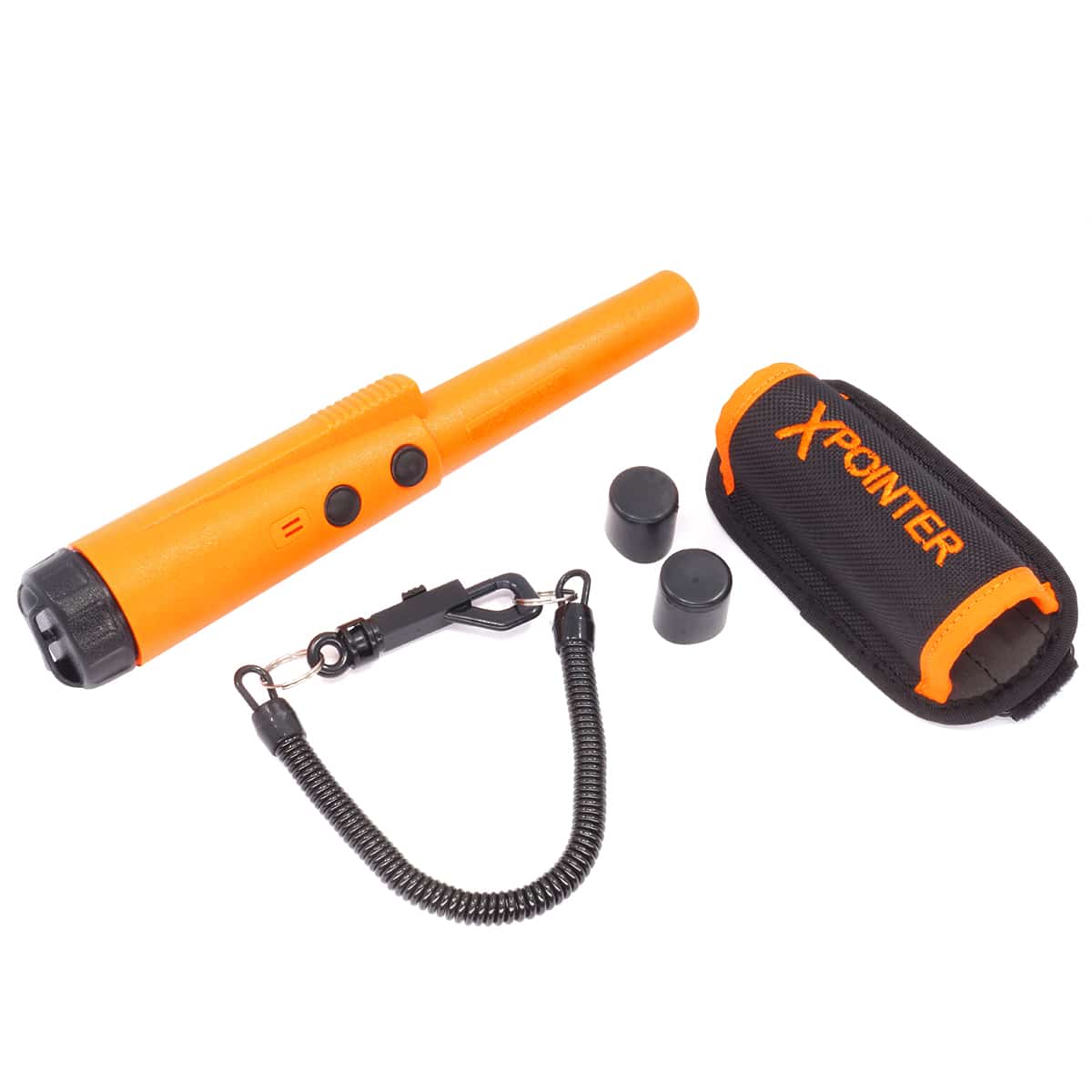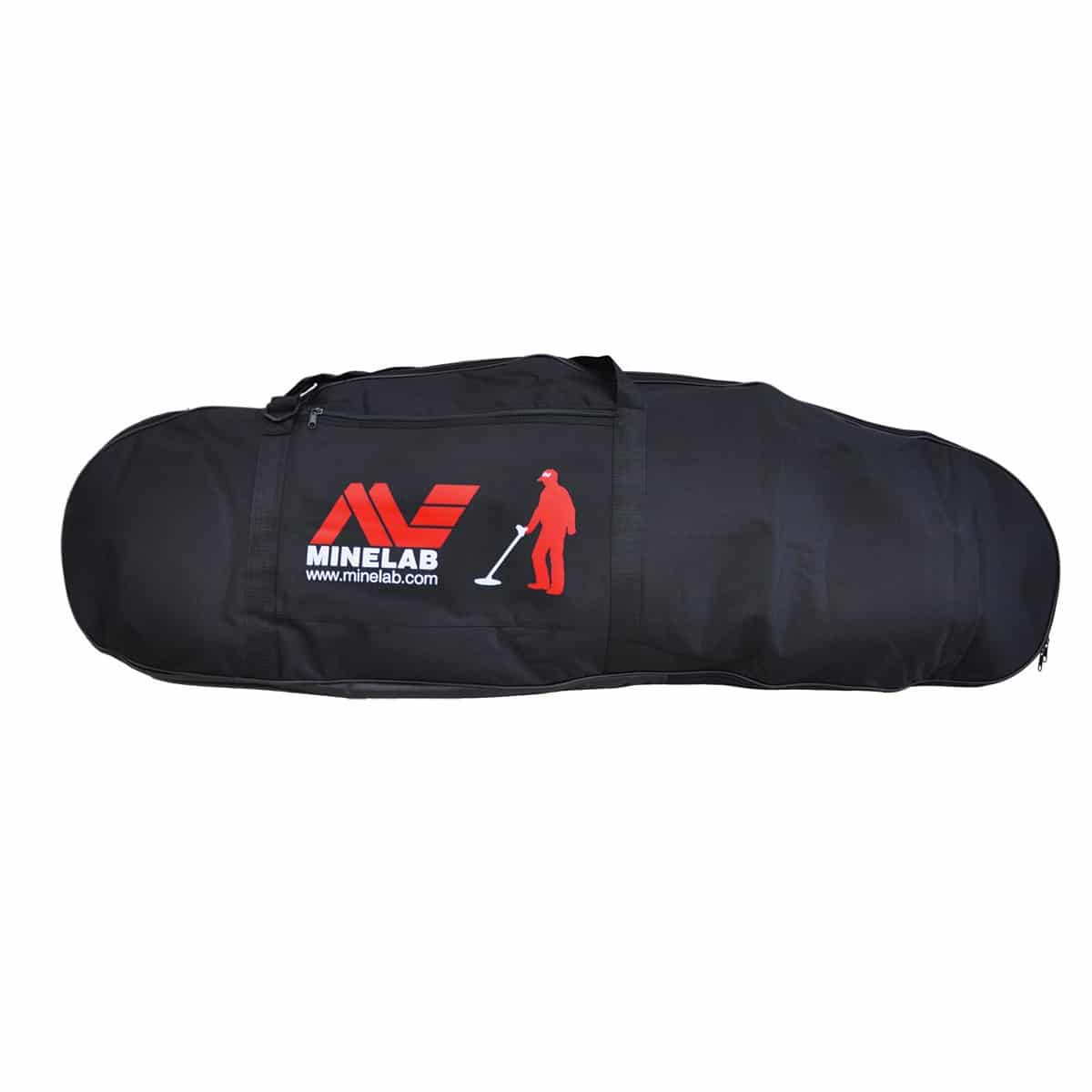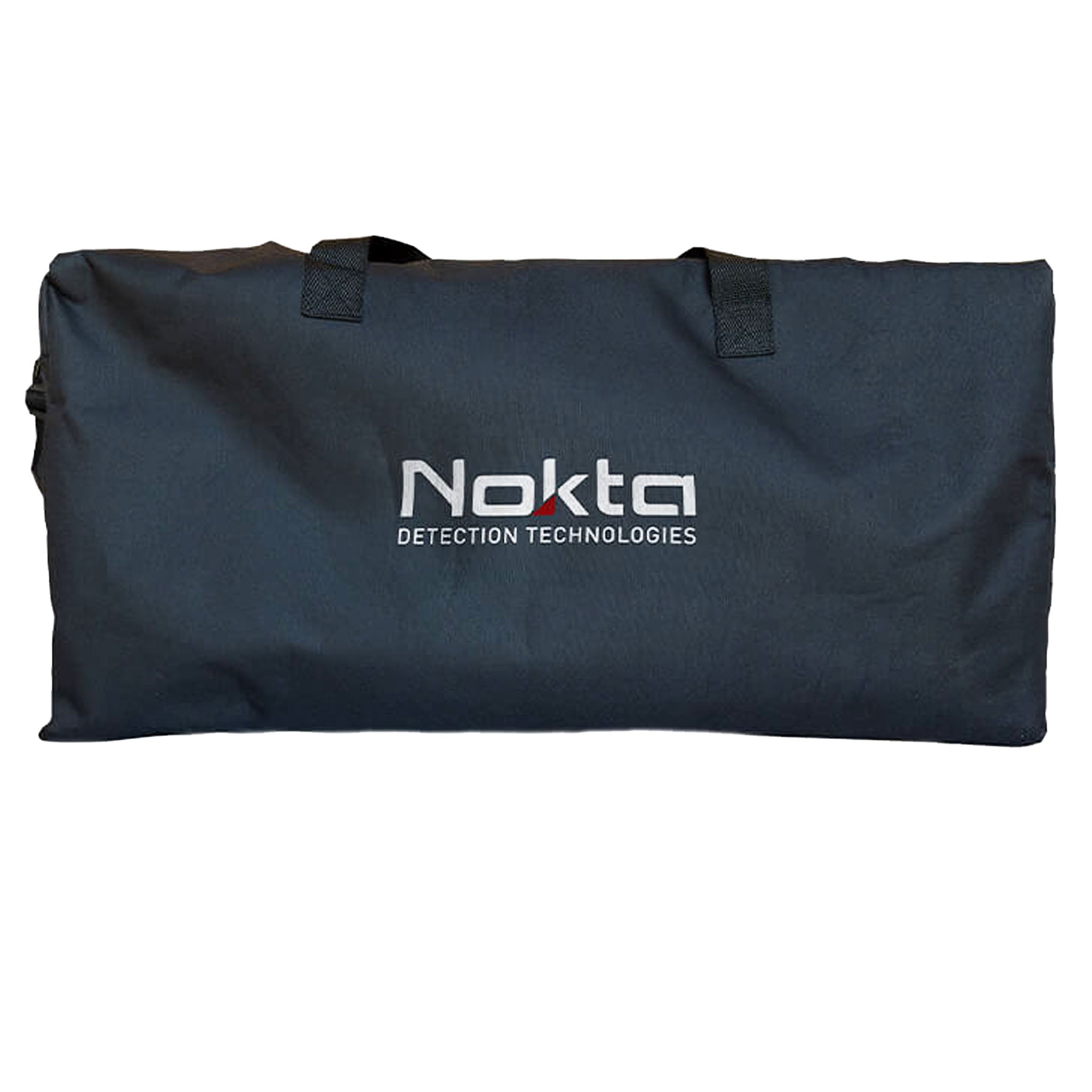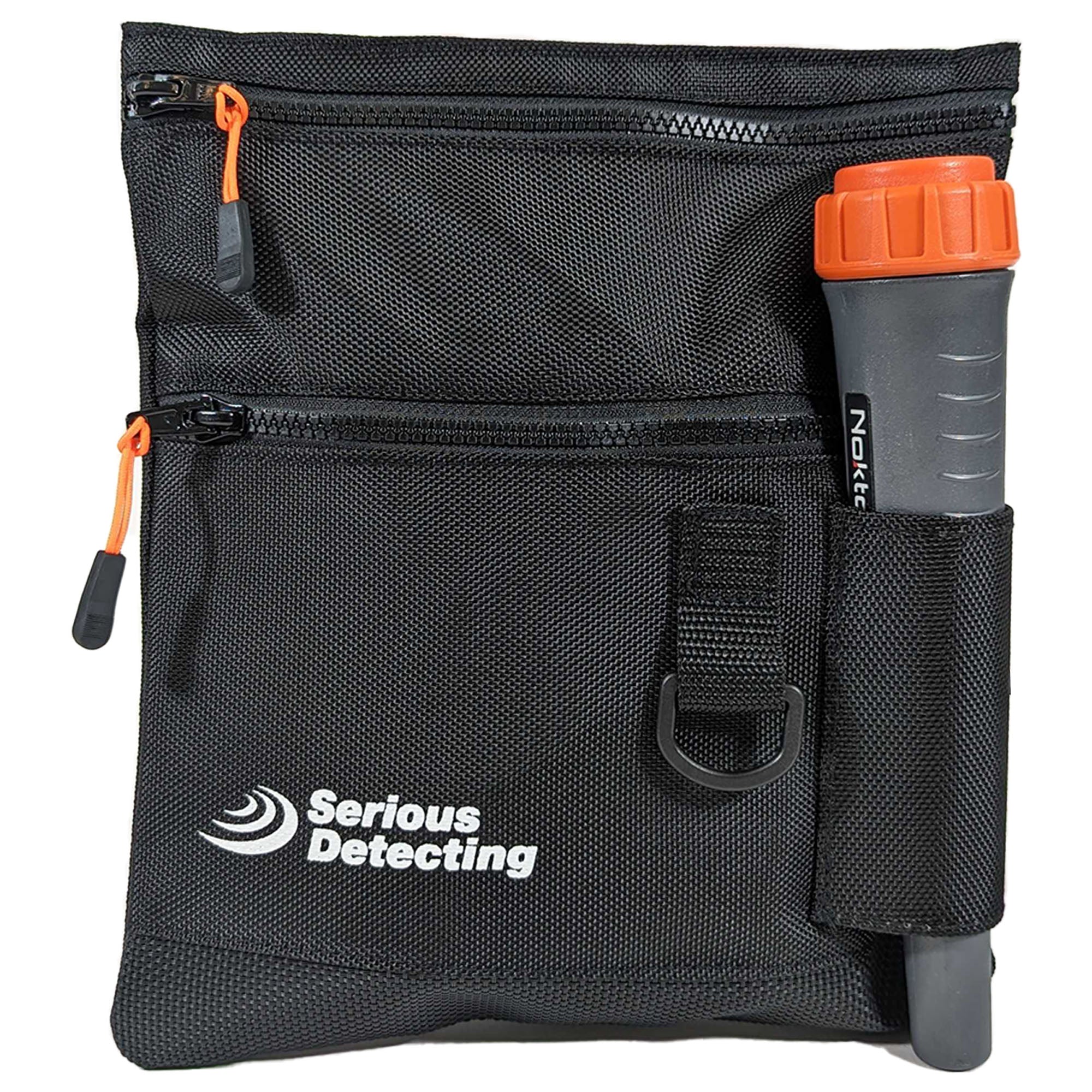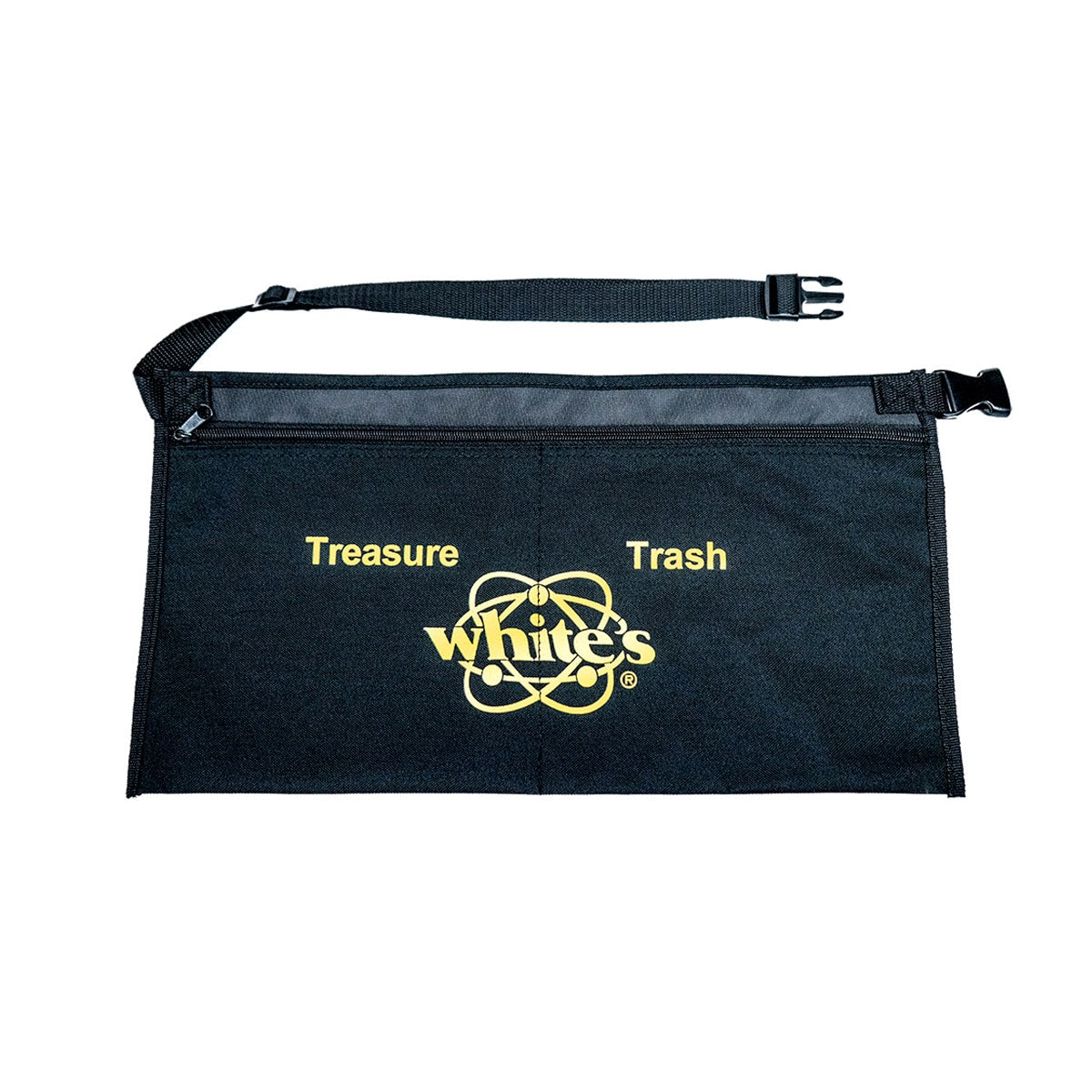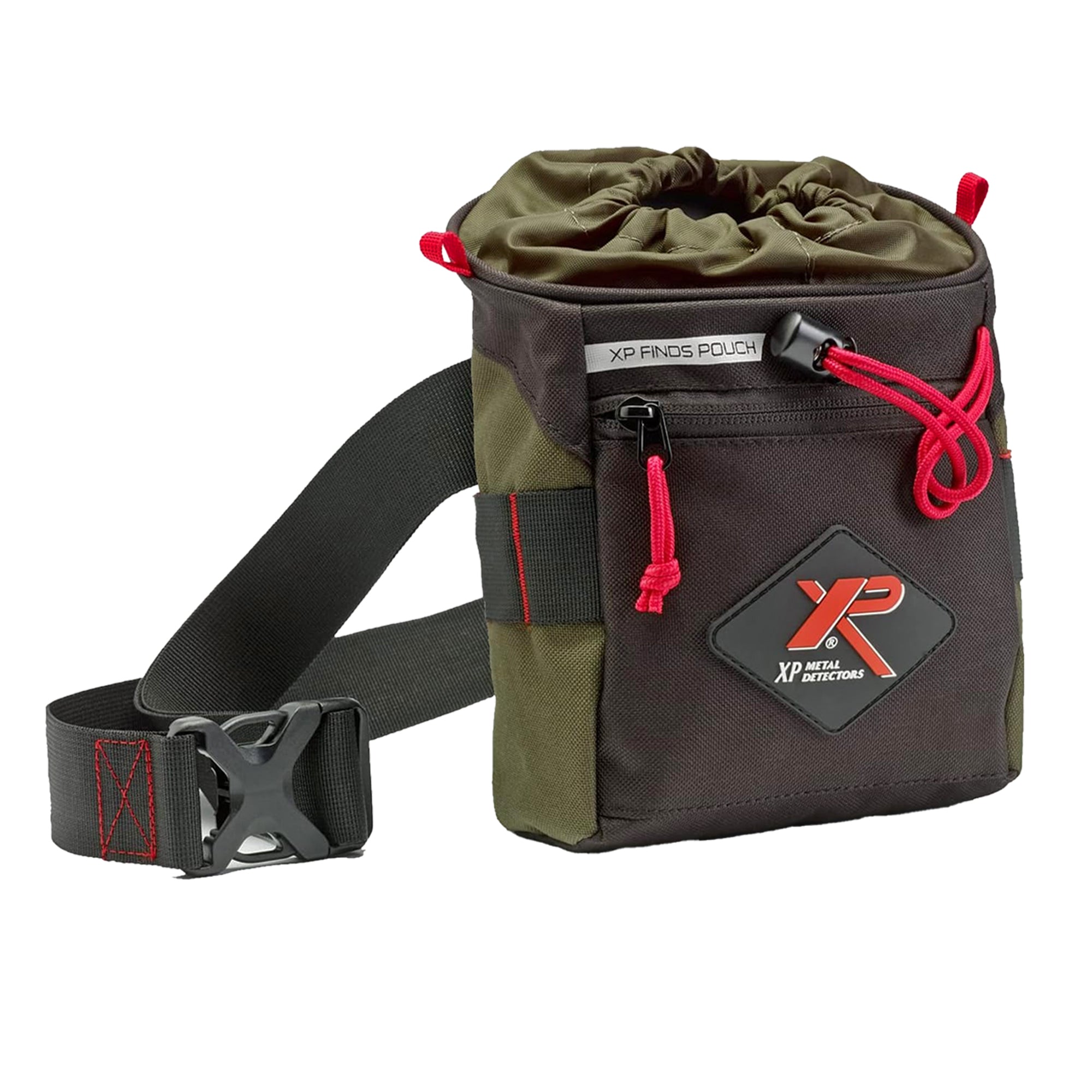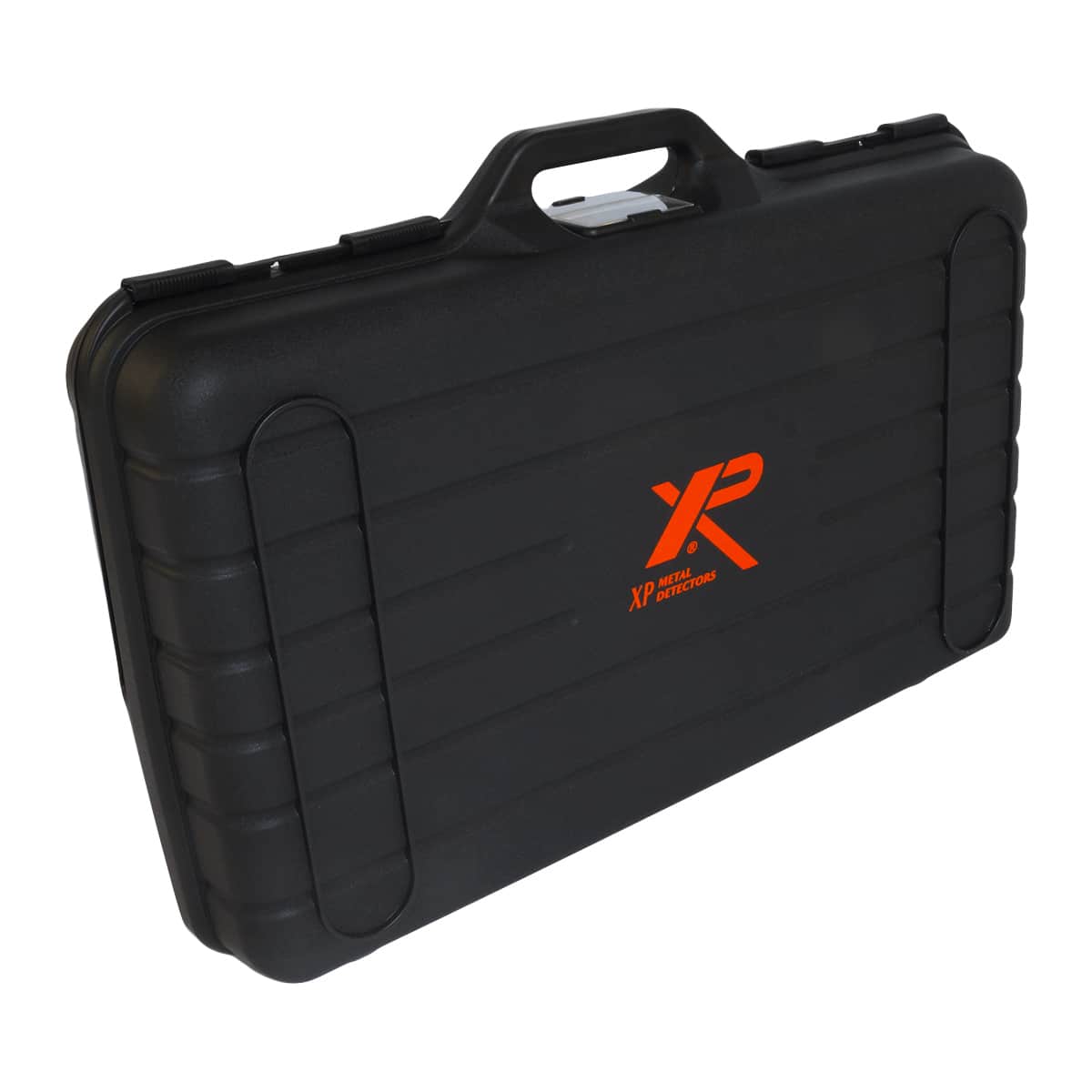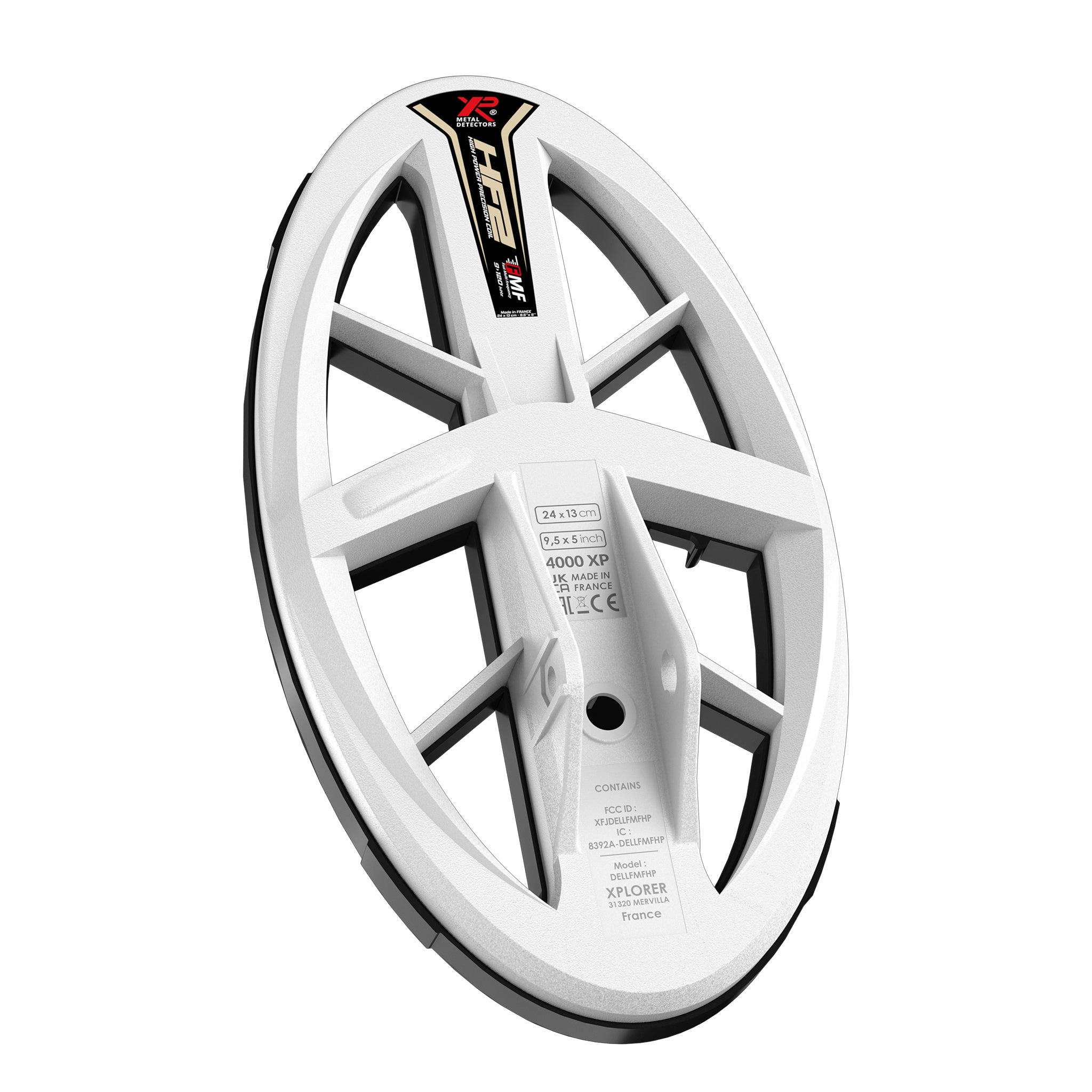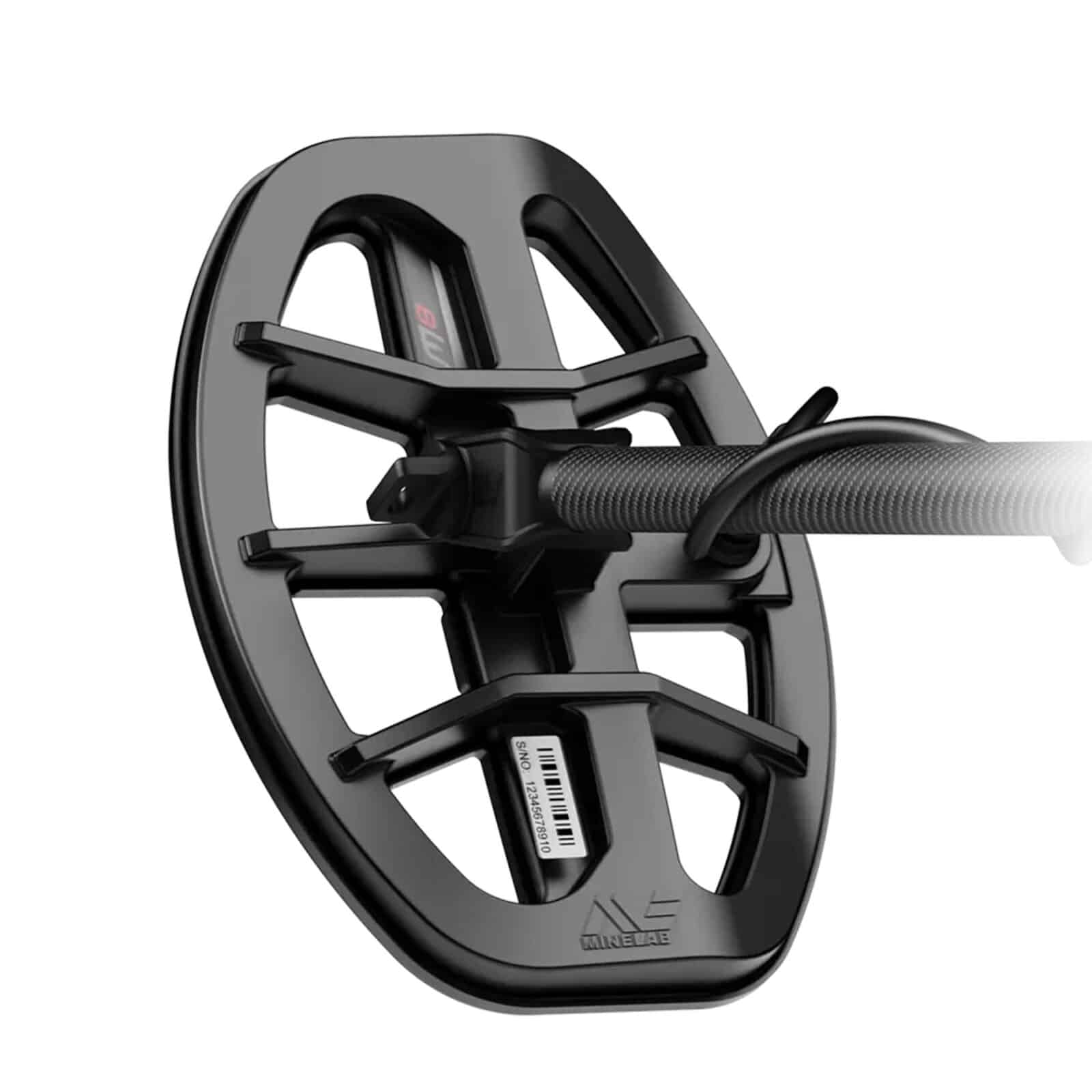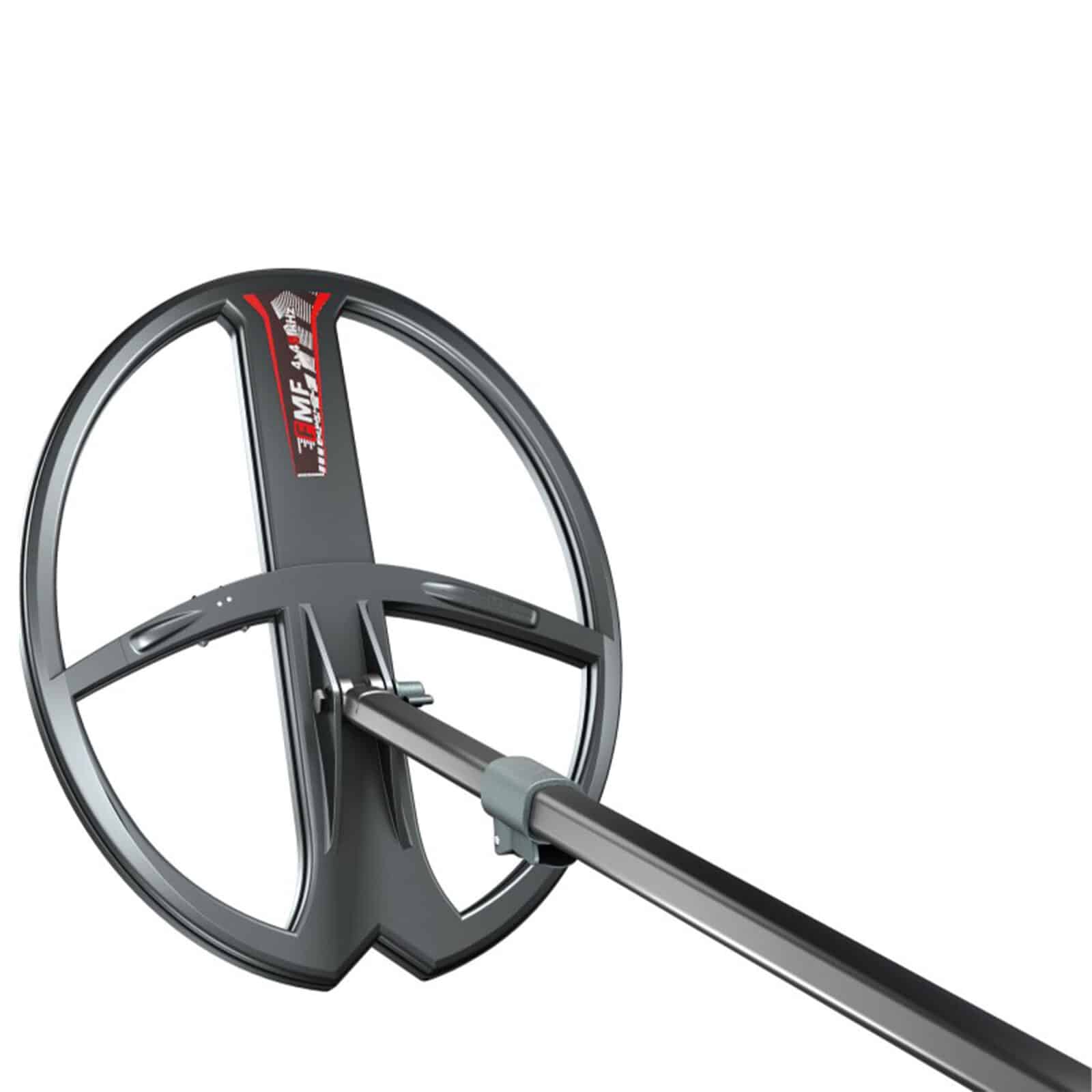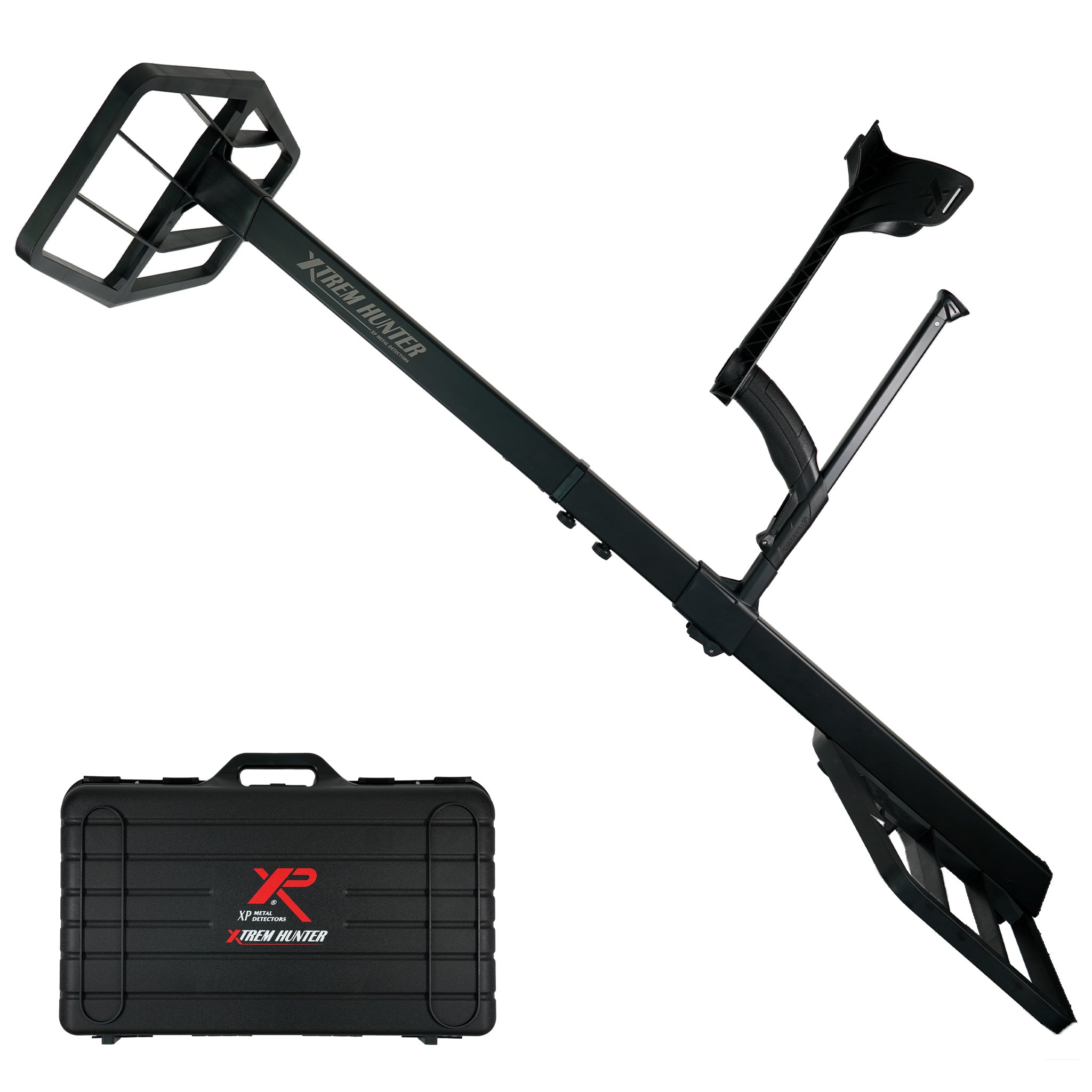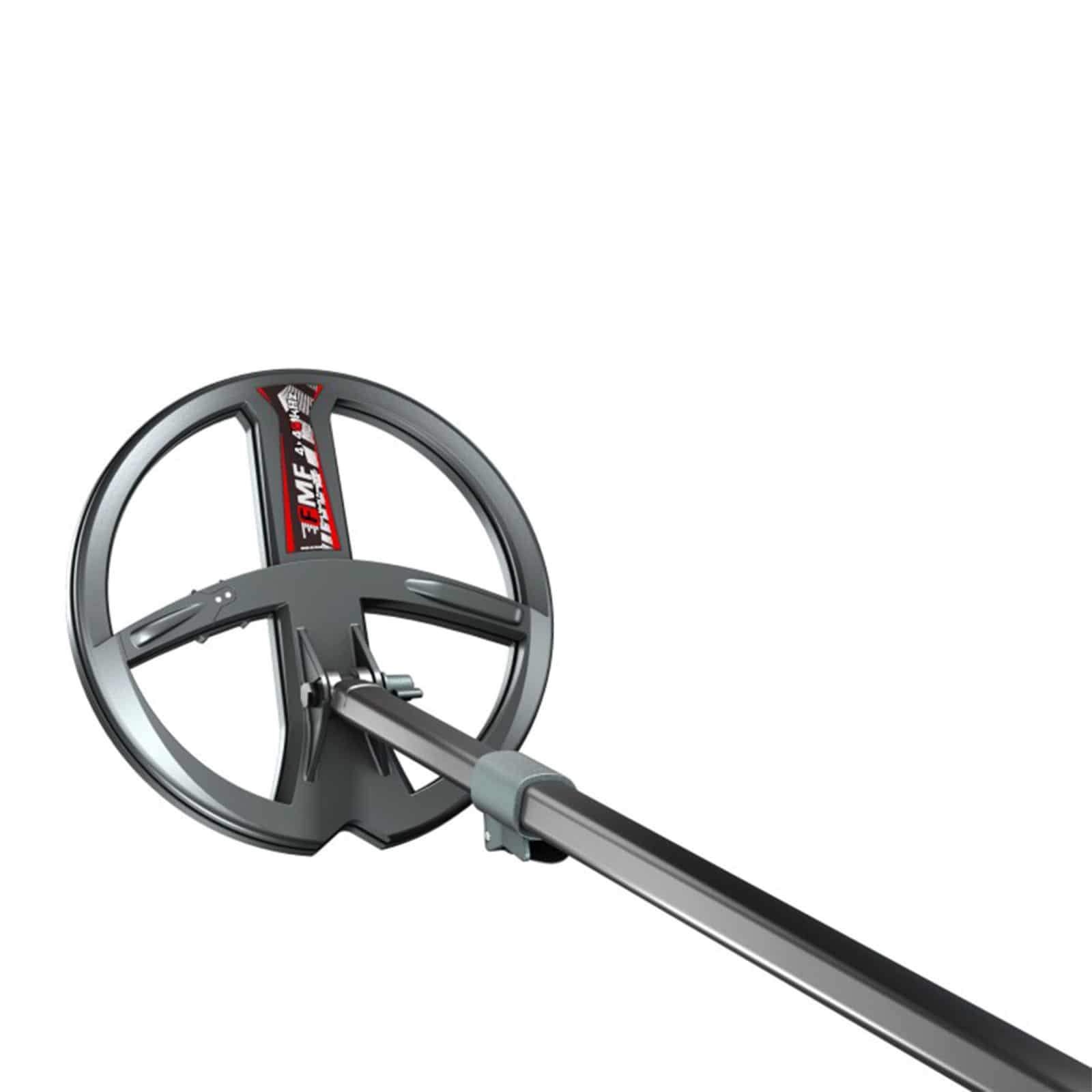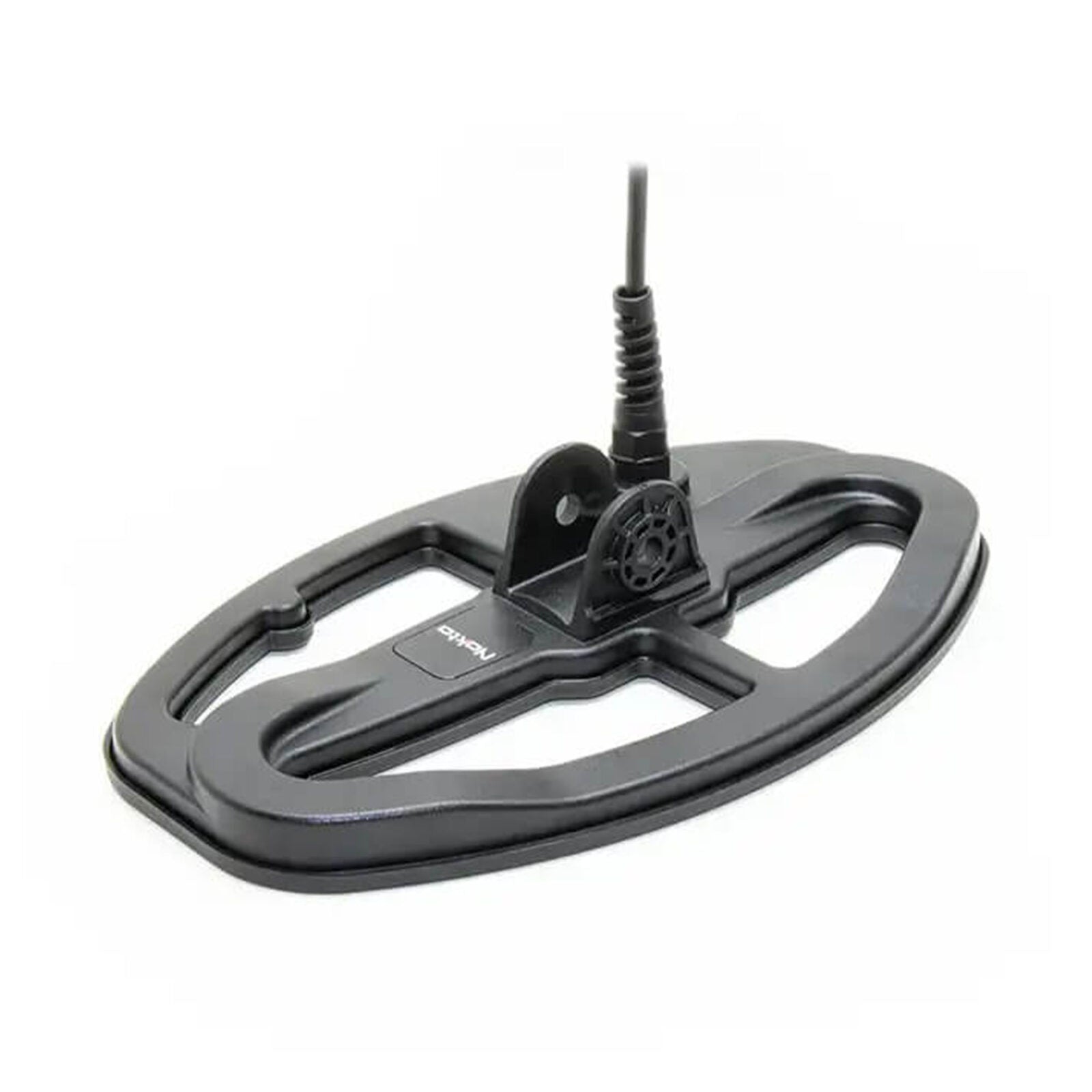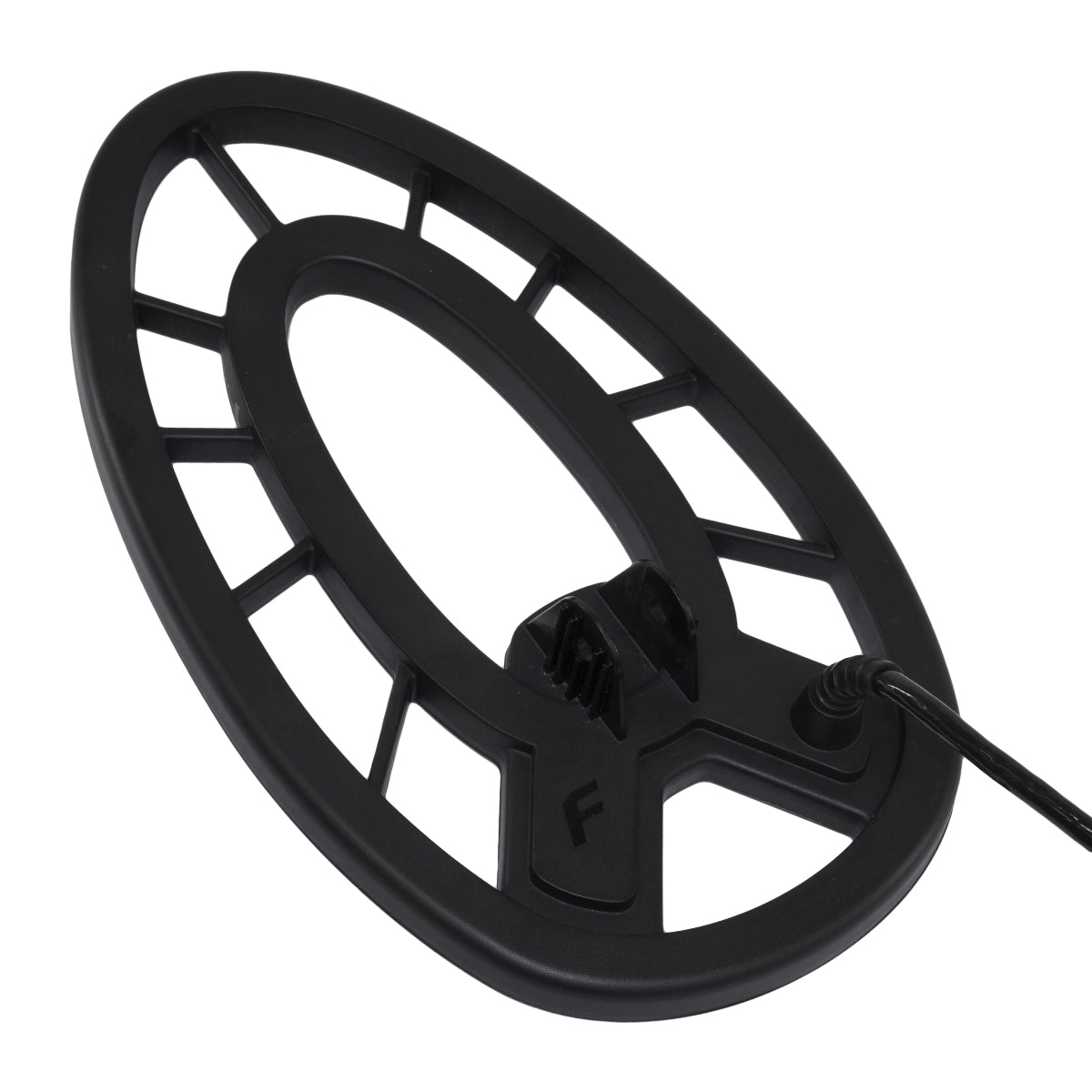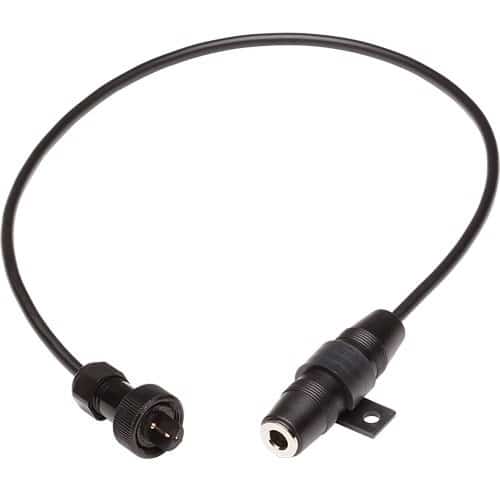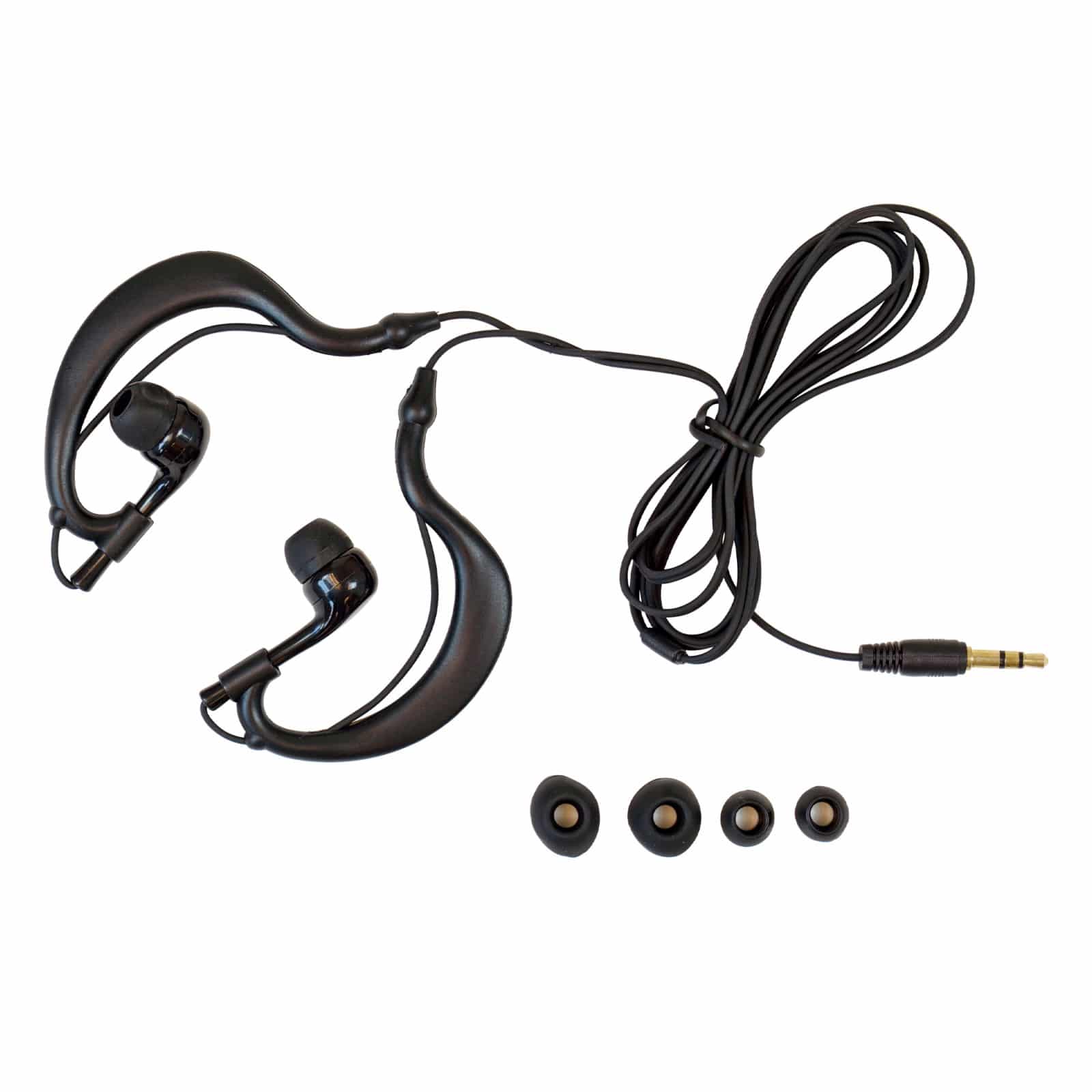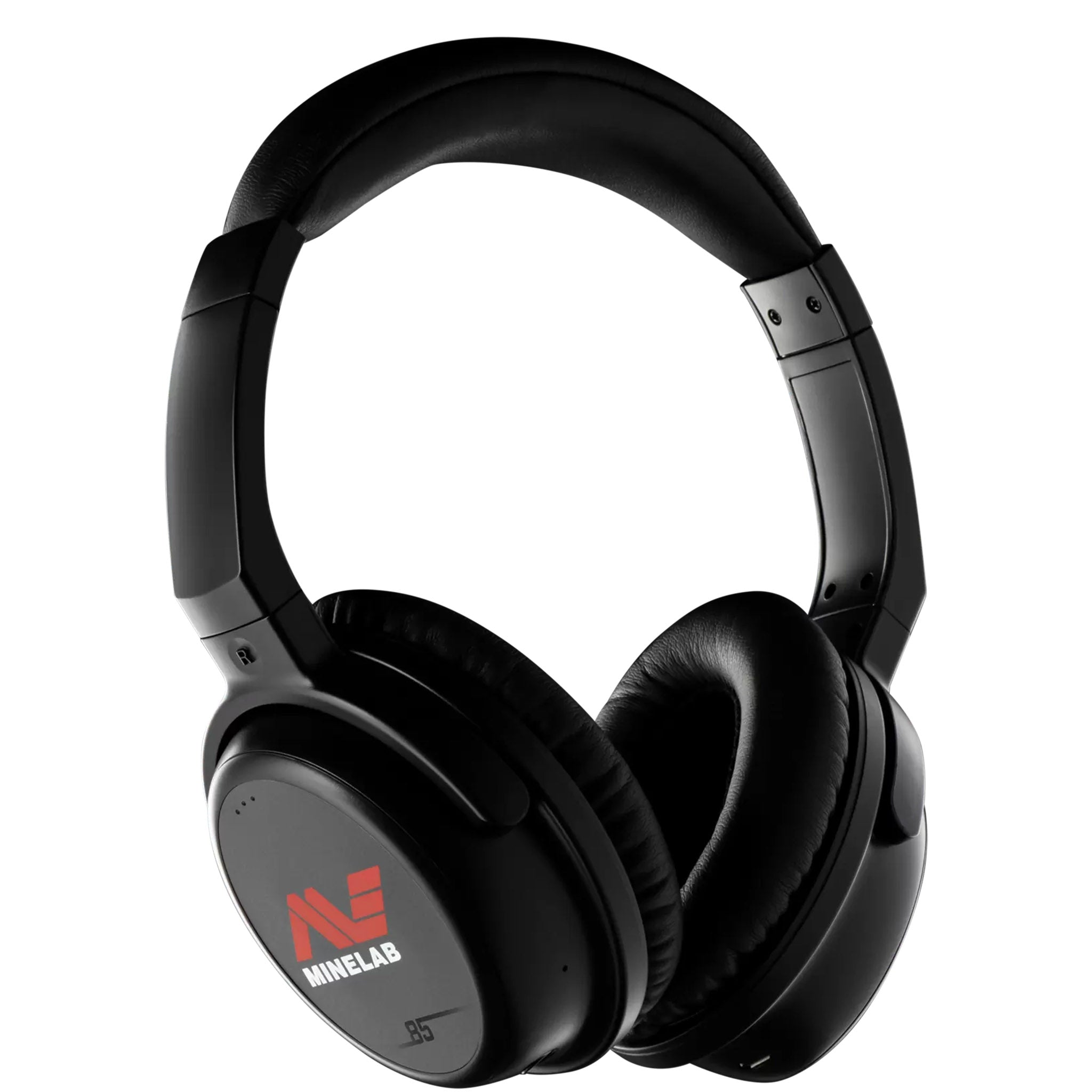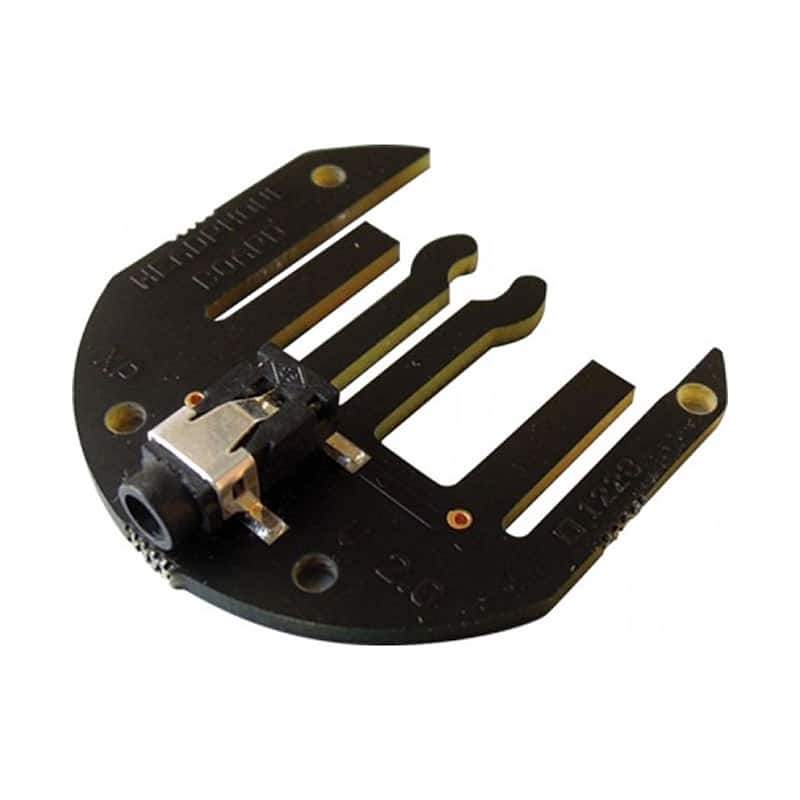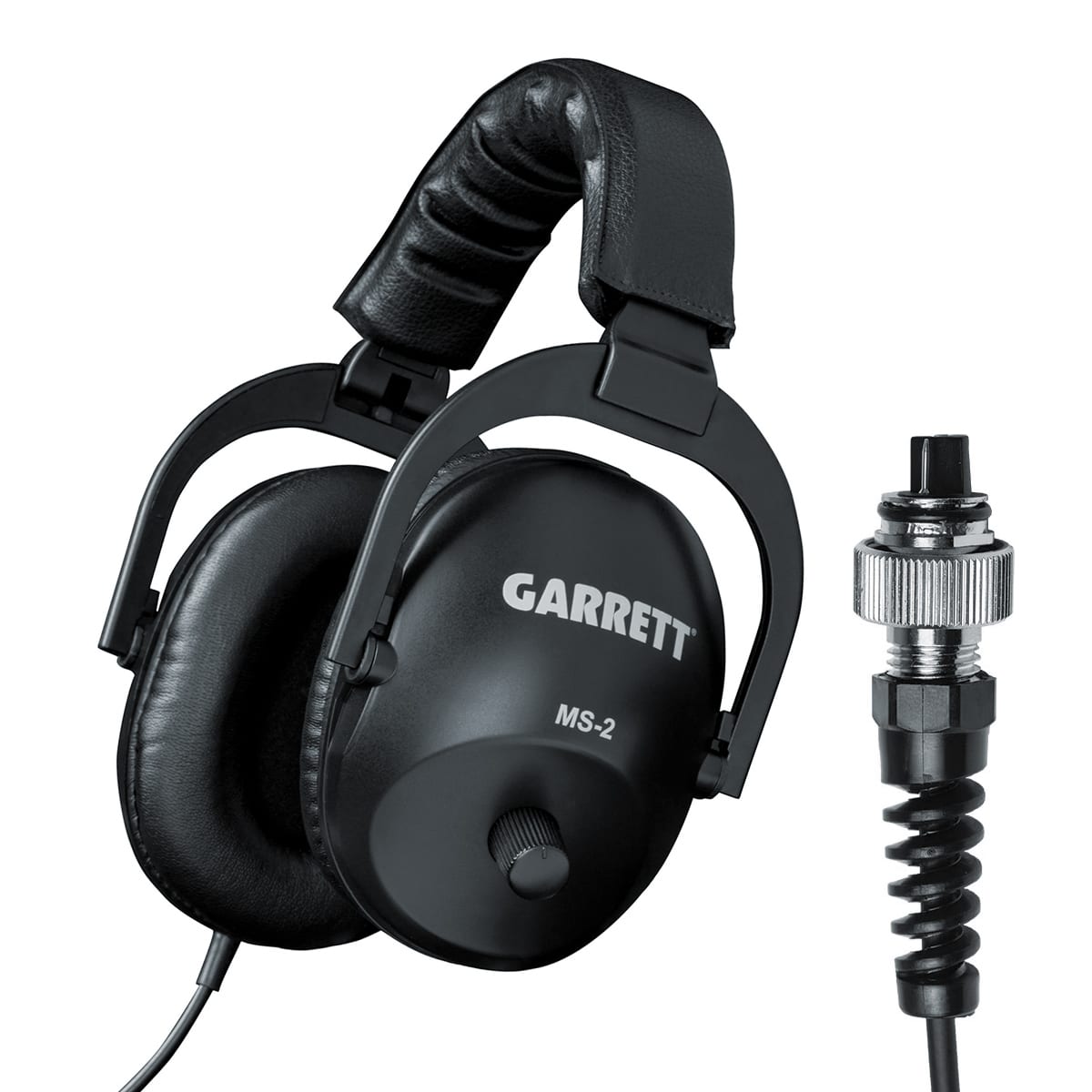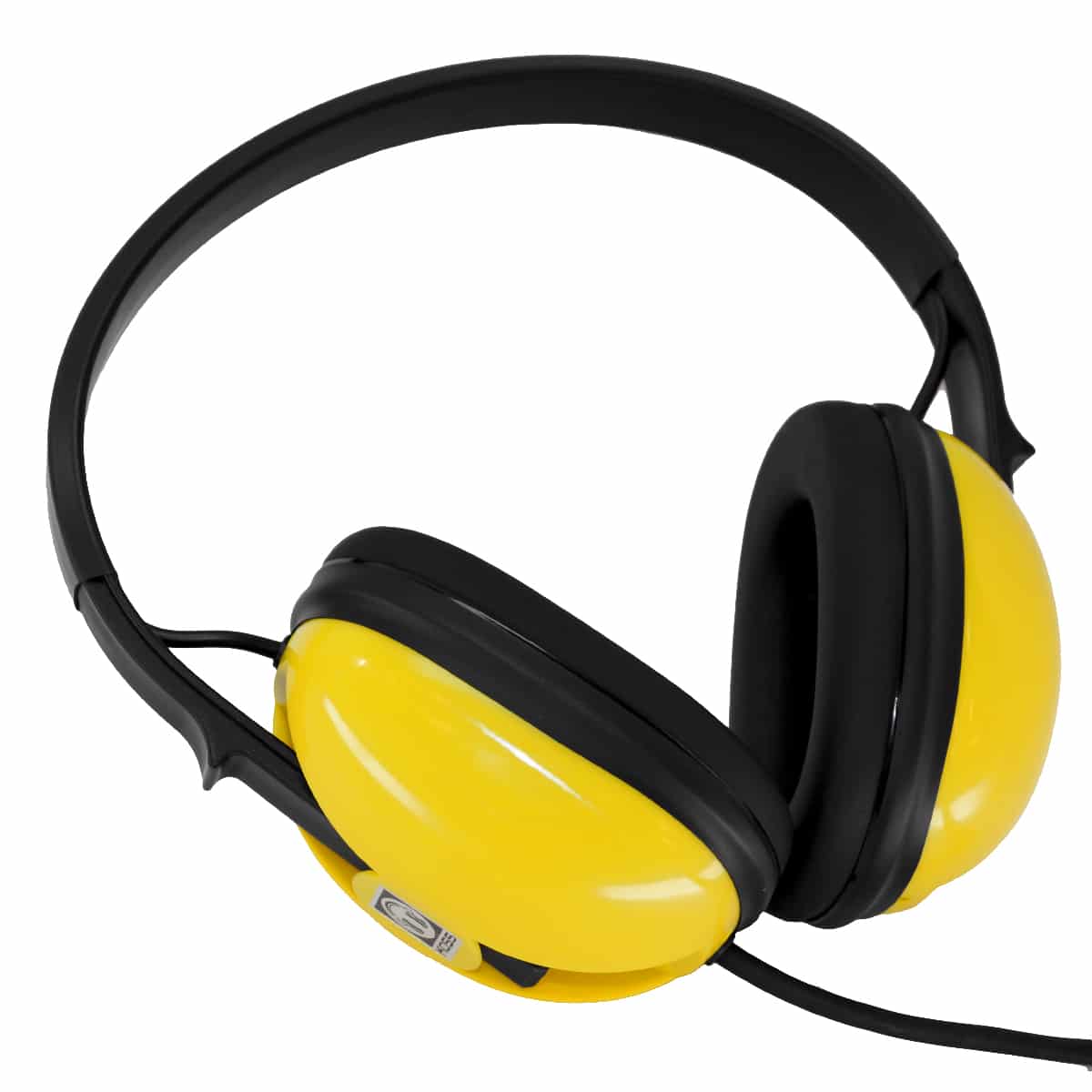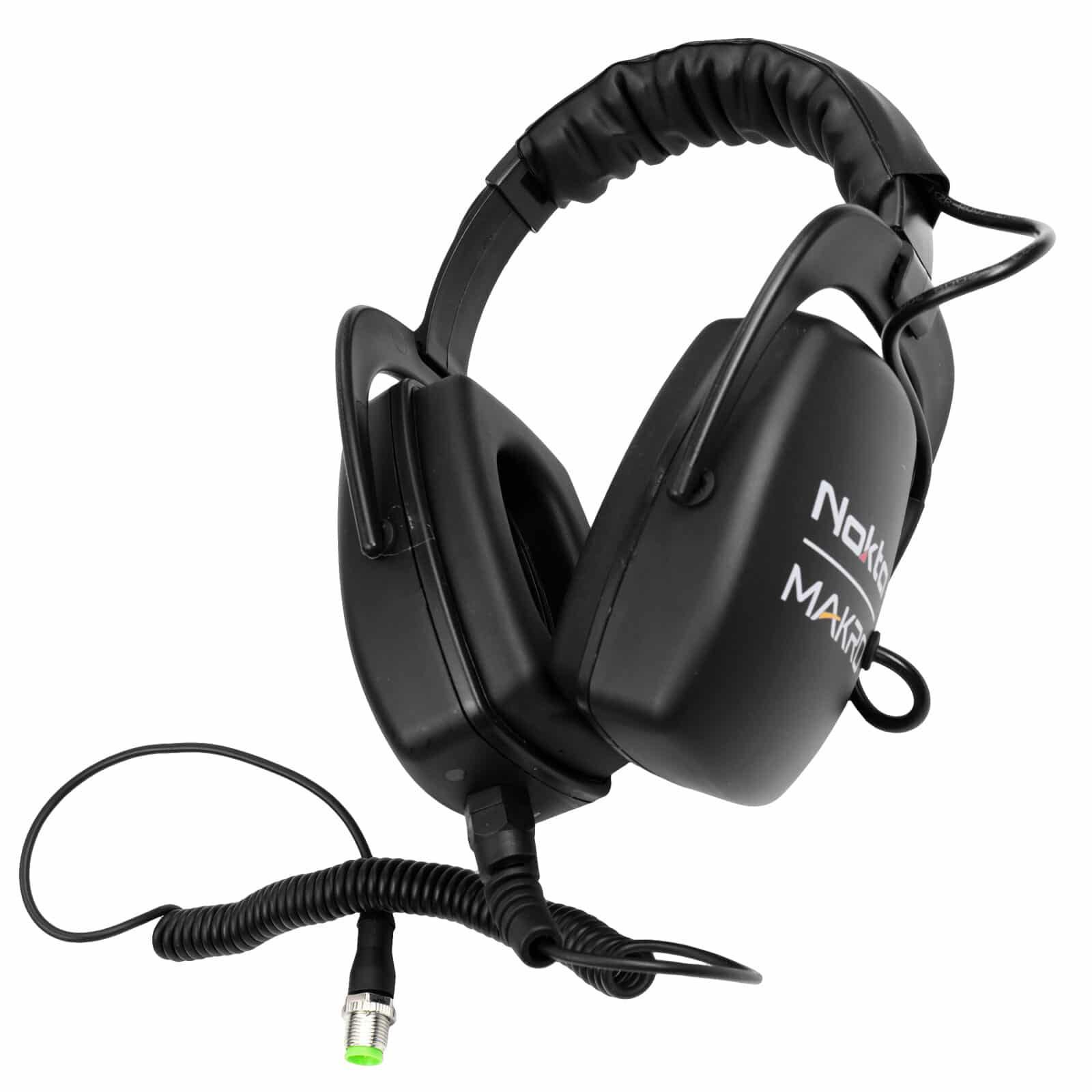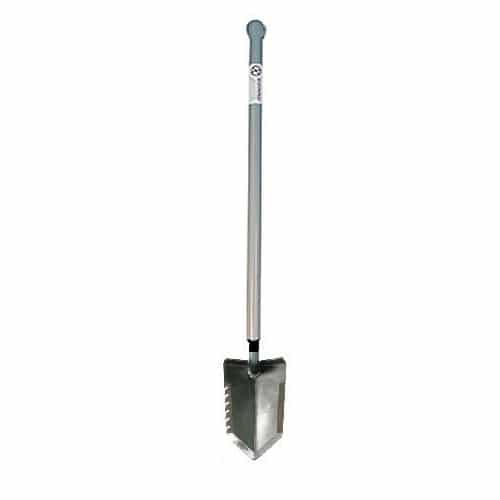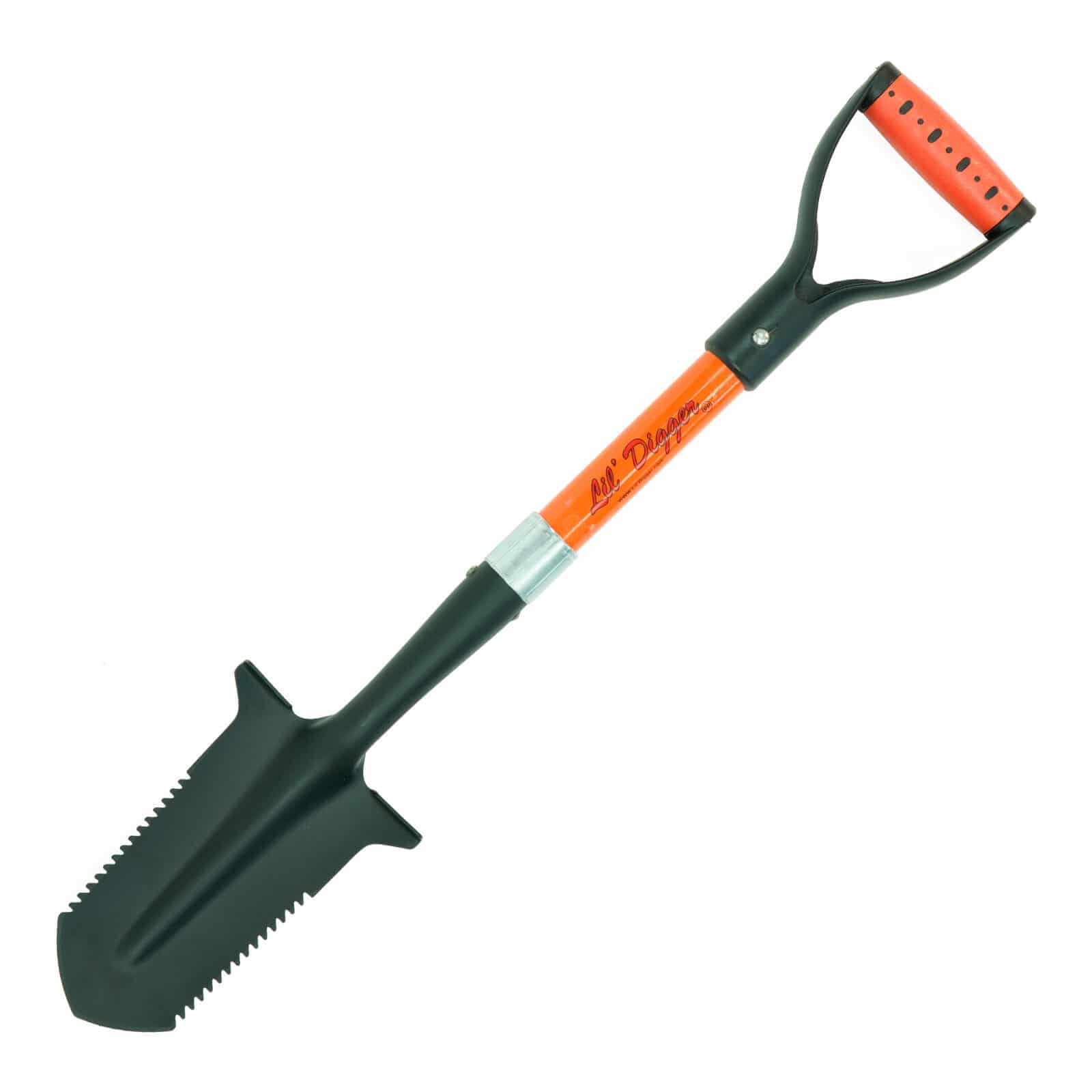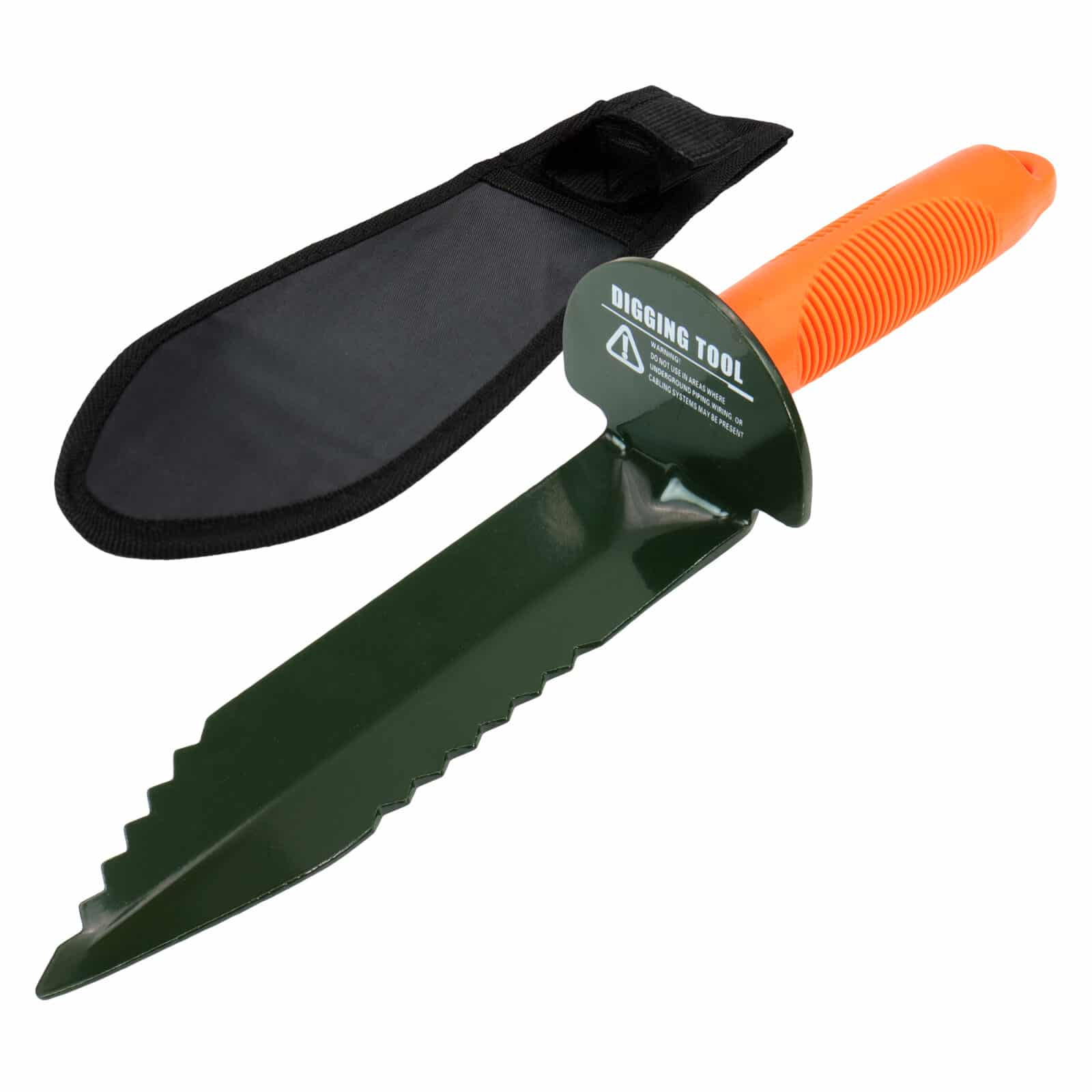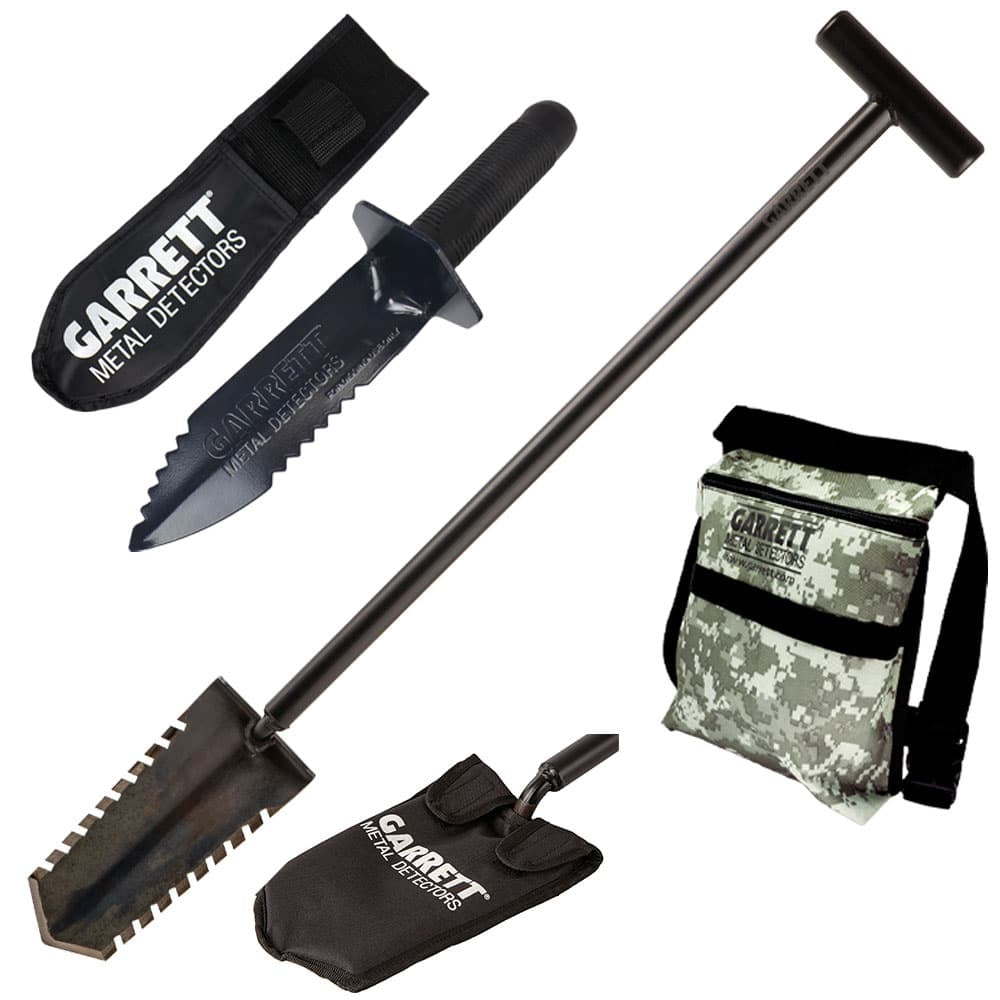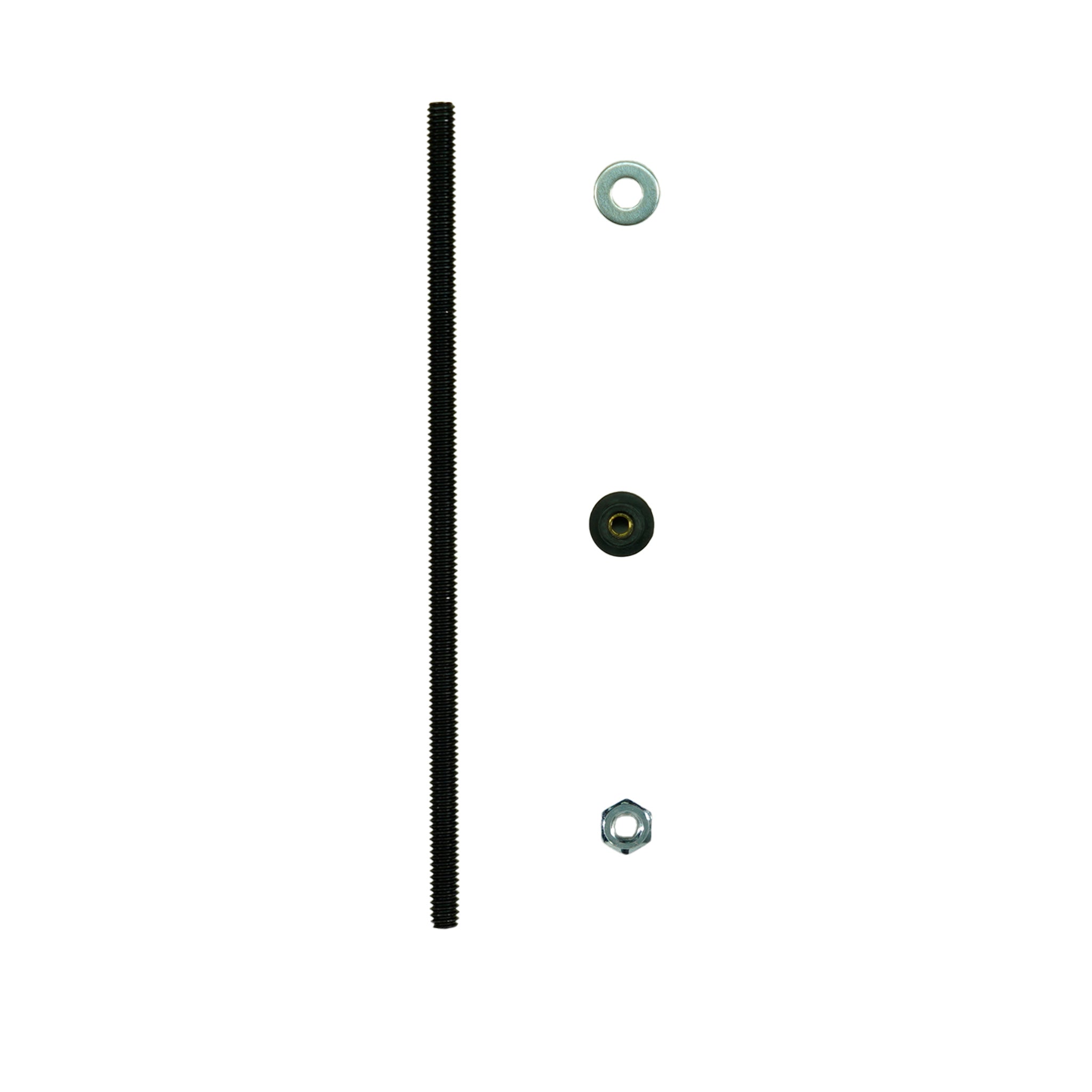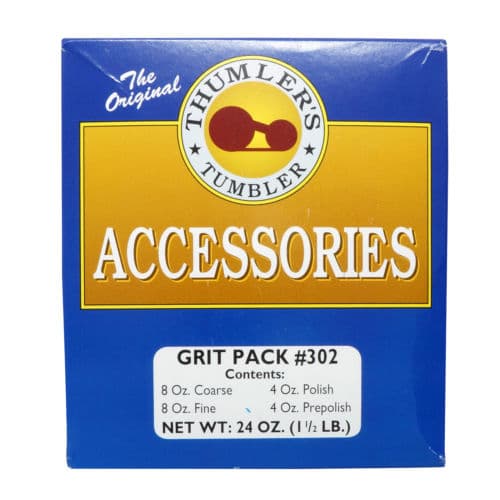How Deep Do Metal Detectors Go?
The answer to this question comes in two parts. The first part has to do with the detector circuitry and coil design. Environmental factors make up the second part of the answer.
Coil and circuitry design determine the overall ability of a detector to find targets. During the design phase of any detector, the engineers decide which features to include. The things that they consider are the type of hunting and who will be using it. A beginner’s model may not have the bells and whistles of the more professional models, but it will be easier to use. The more specific a detector’s design, the narrower set of features it will have. Some detectors designed for the ultimate depth will be hard for a beginner to use or maybe too sensitive to use in trashy areas. Coil size will affect the depth of the detector but may not be suited for a particular type of hunting.
In general, you can say that a larger coil will have more depth but you will lose sensitivity on smaller targets. A smaller coil will have less depth but you gain sensitivity on smaller targets.
Environmental factors include just about everything except the detector and coil. Just a few of the things to take into consideration are the following: size and shape of the target, soil conditions, the orientation of the target in the ground, the content of the target, and any outside interference, such as electrical wires and radio or cell phone traffic. Weather conditions, such as rain-soaked ground or even an incoming thunderstorm, may also play a part in the depth and sensitivity of any detector.
With all that being said, an average detector using a stock coil in moderate ground should see the following targets with these ranges:
| Target size | Depth |
| Dime to nickel: | 4 to 8 inches |
| Quarter to half dollar: | 6 to 12 inches |
| Dollar to fruit jar lid: | 8 to 16 inches |
Knowing your detector and using it properly are the two most important things that you can do to get the best depth and sensitivity out of any machine.

